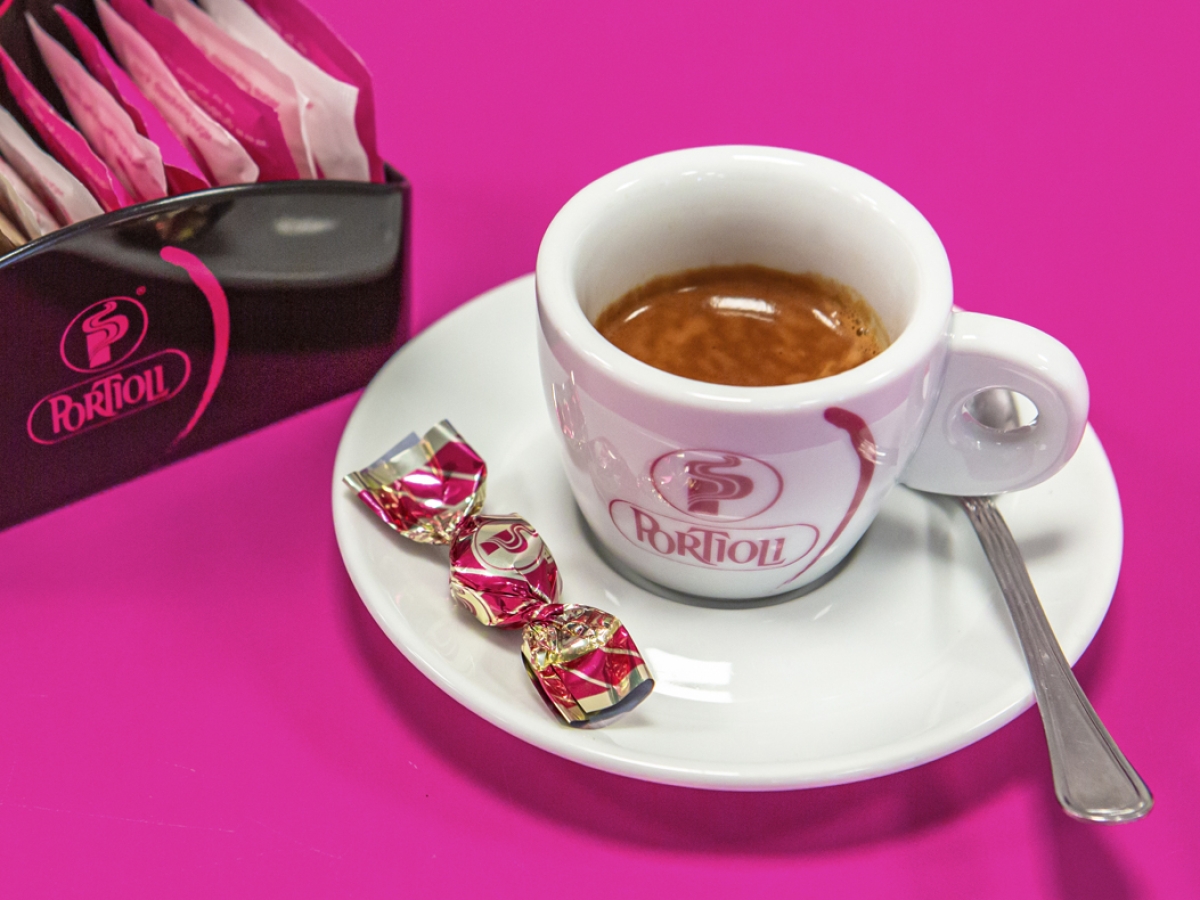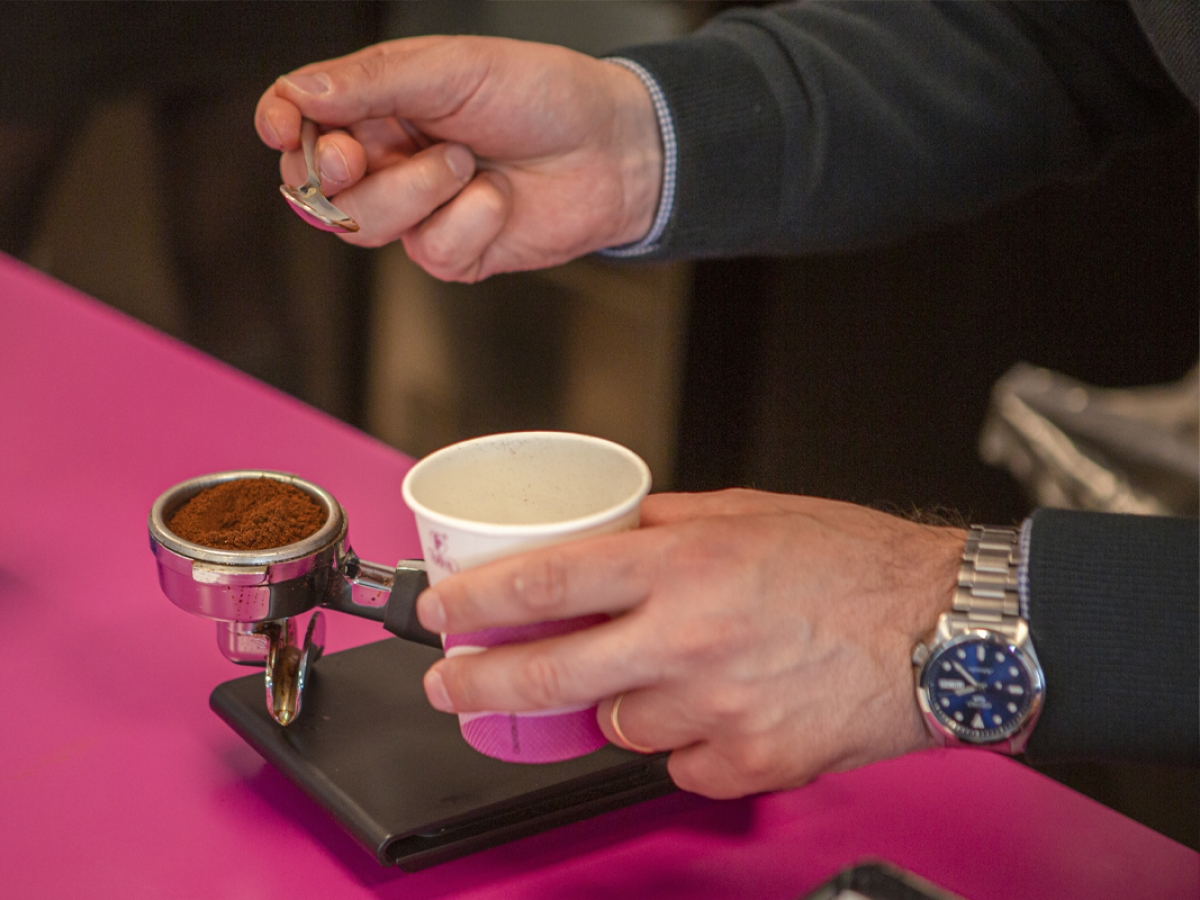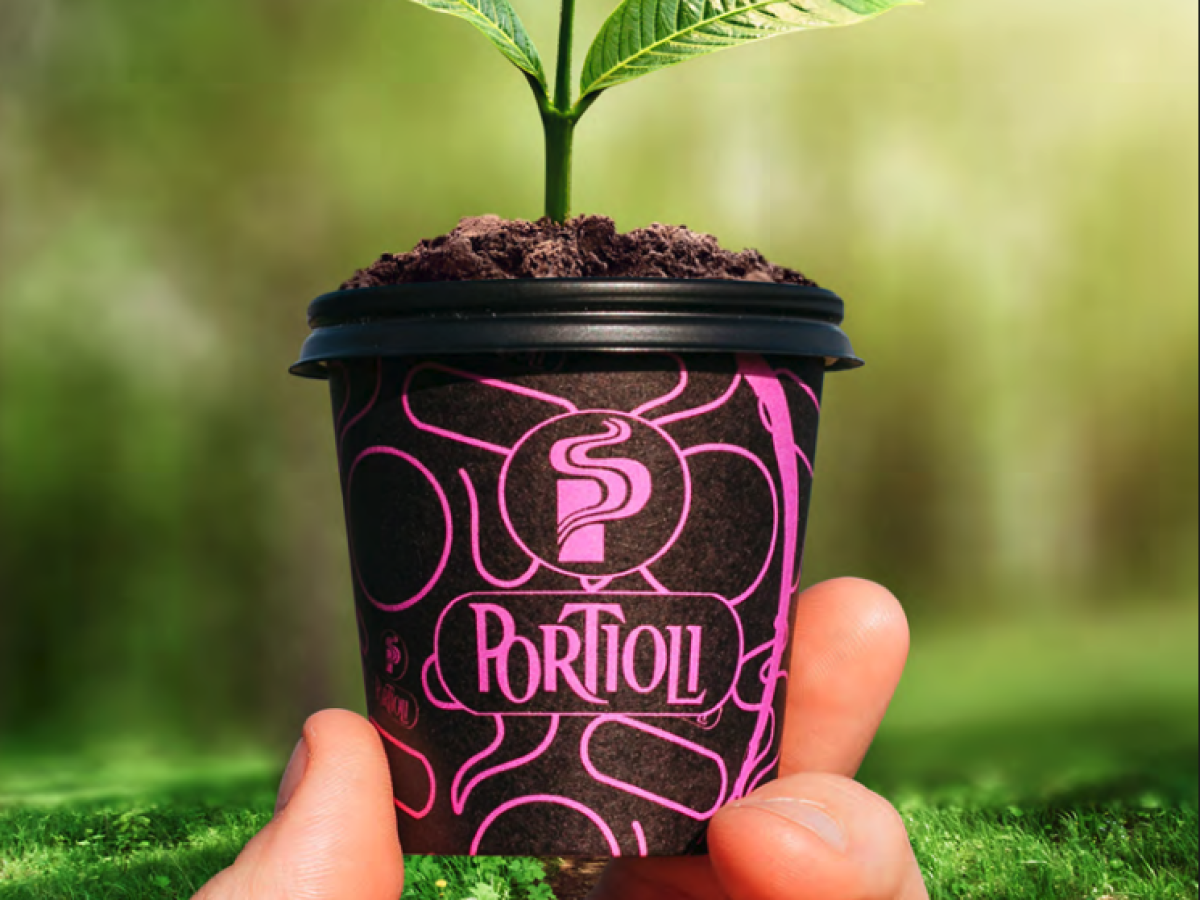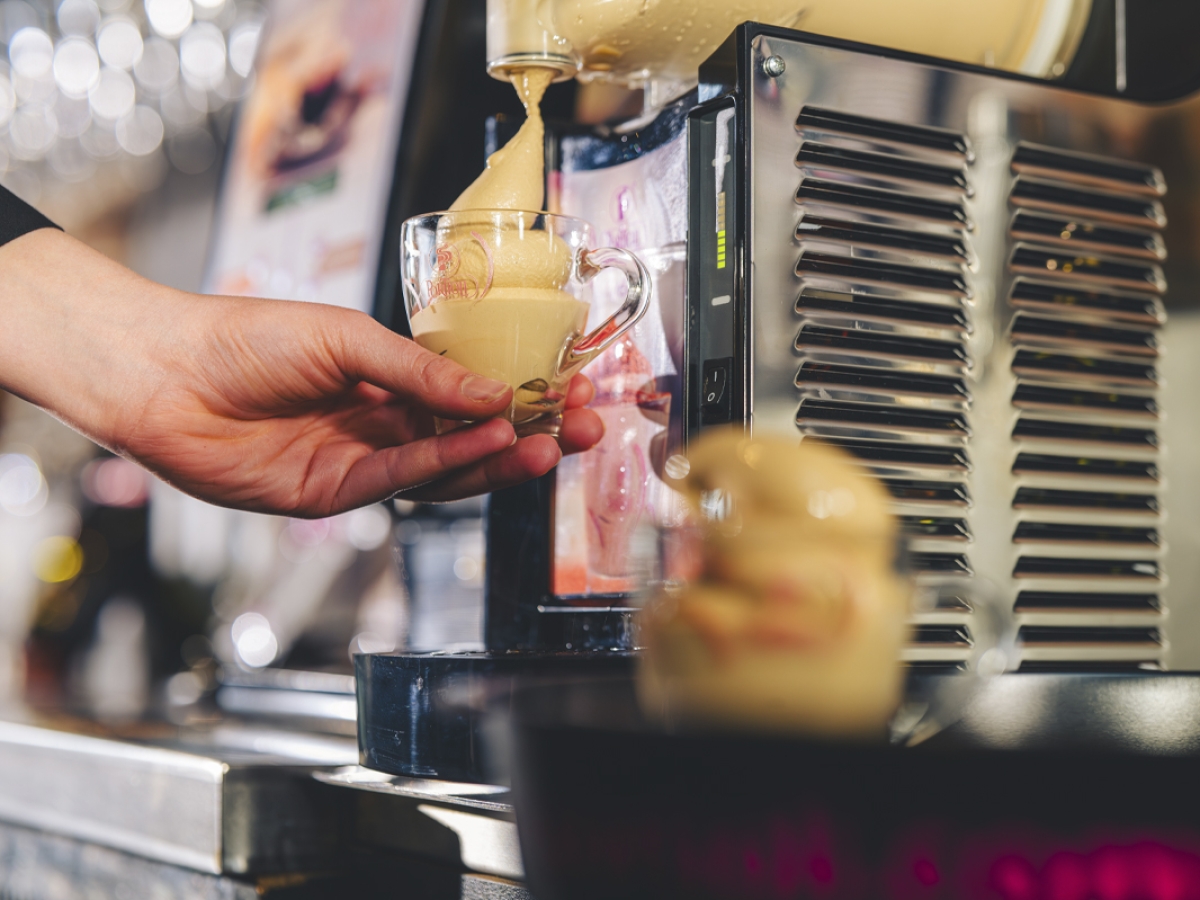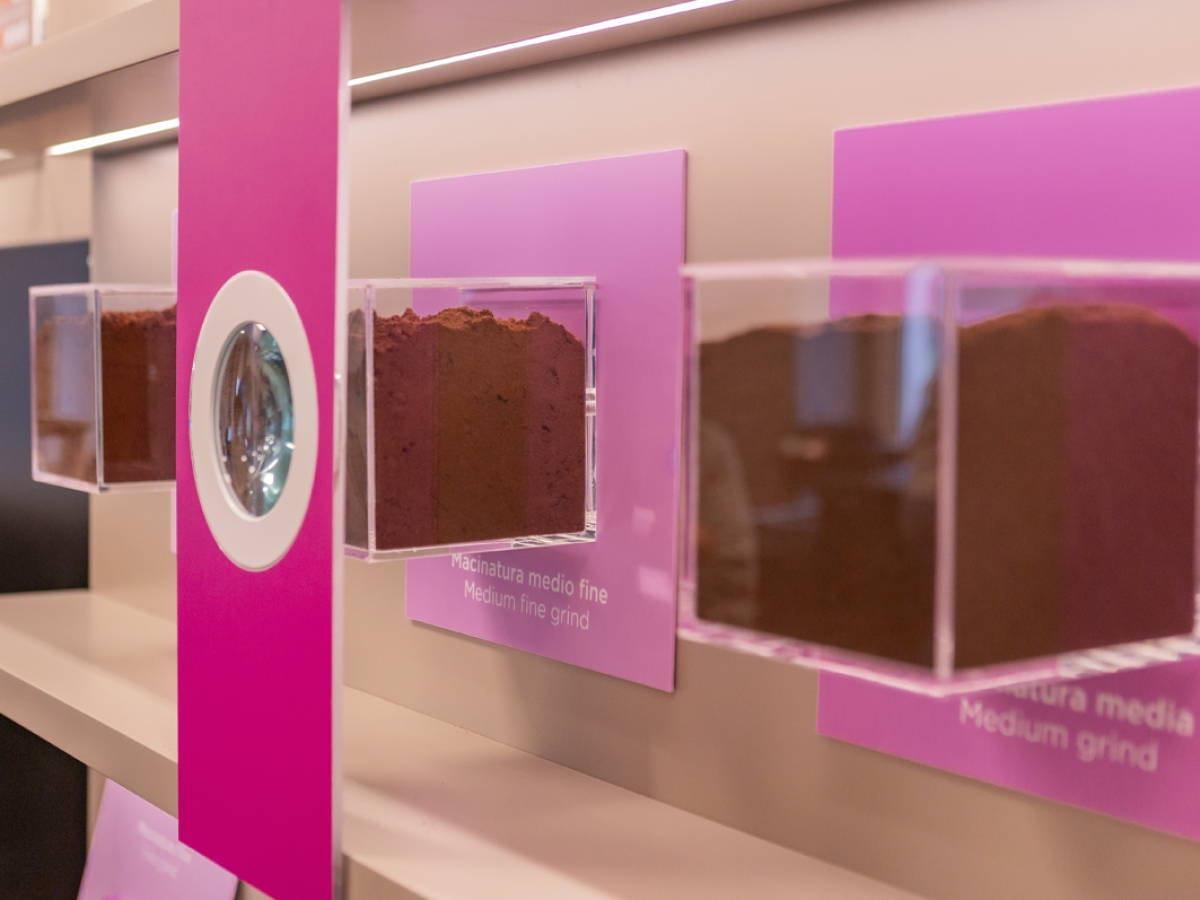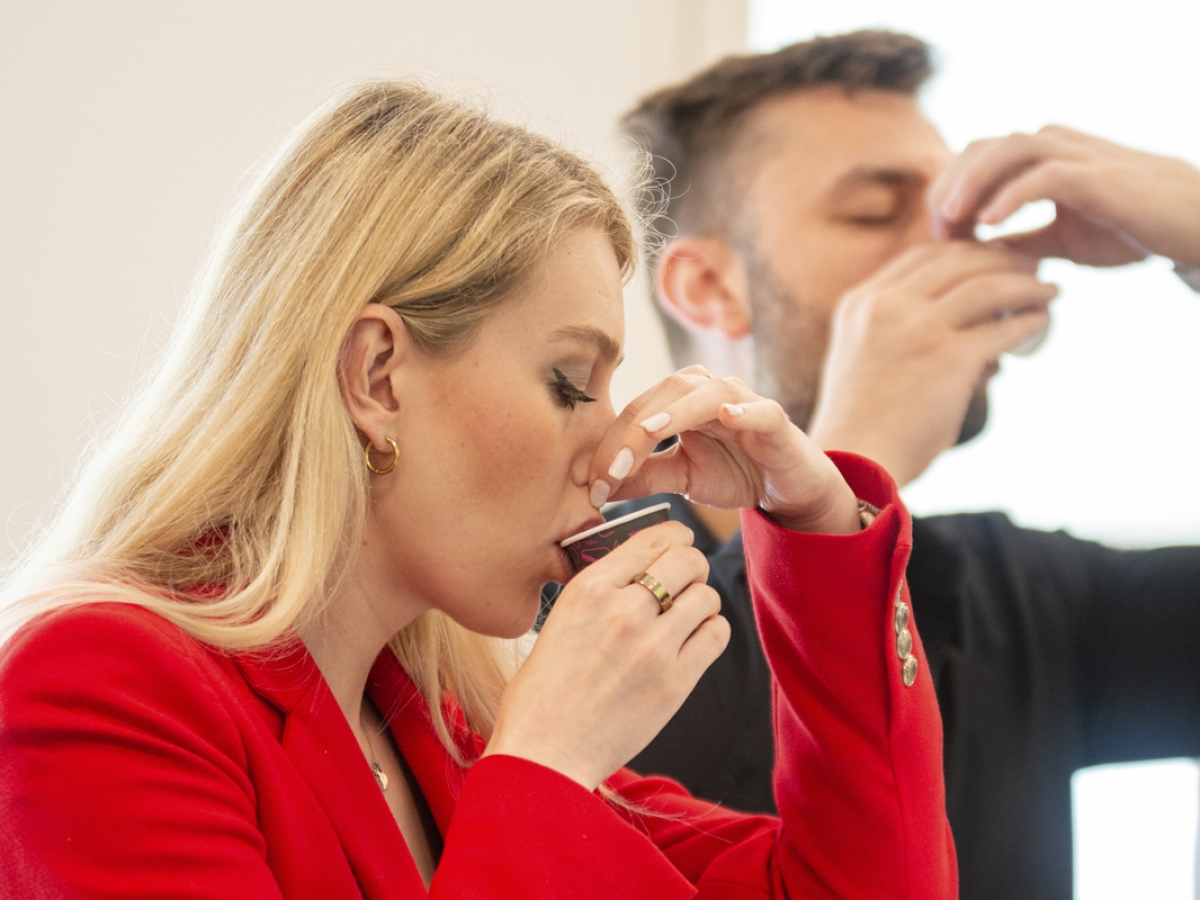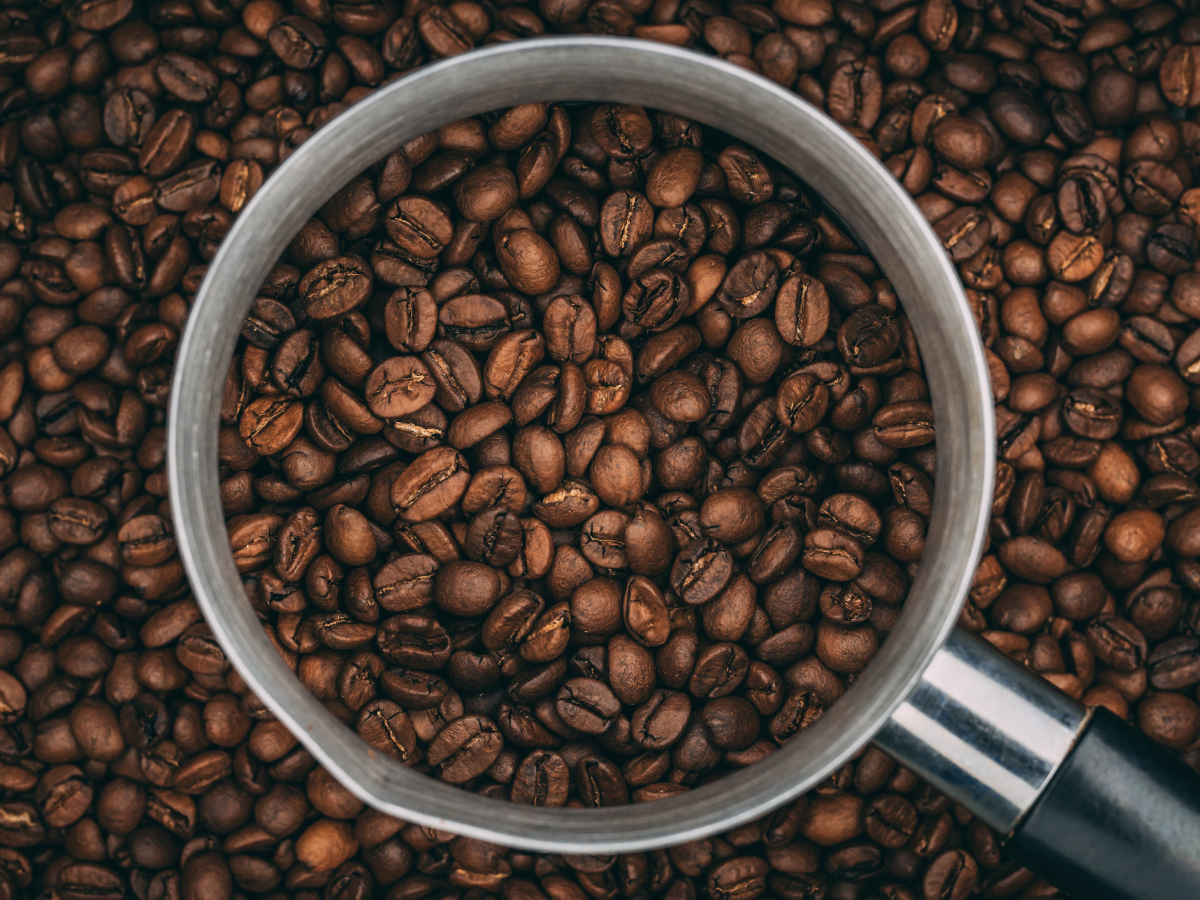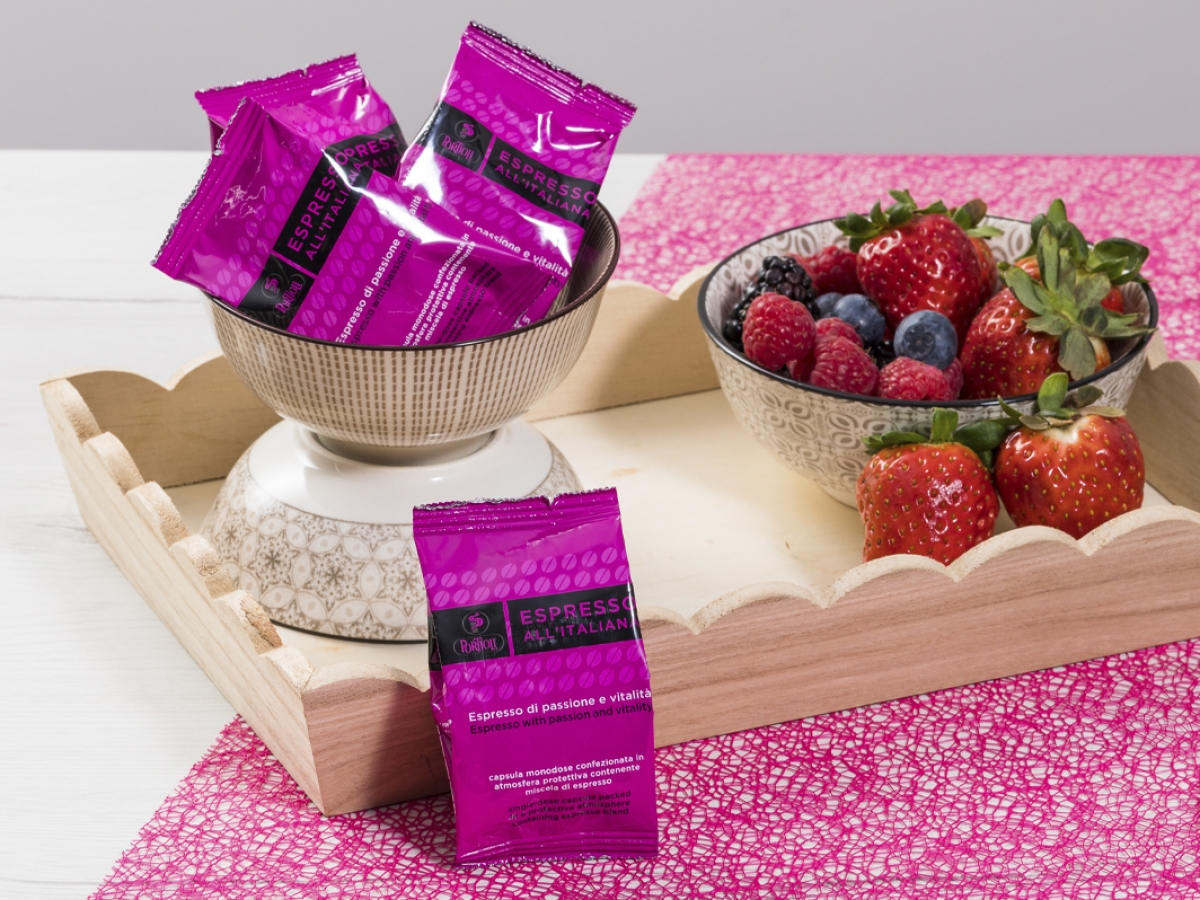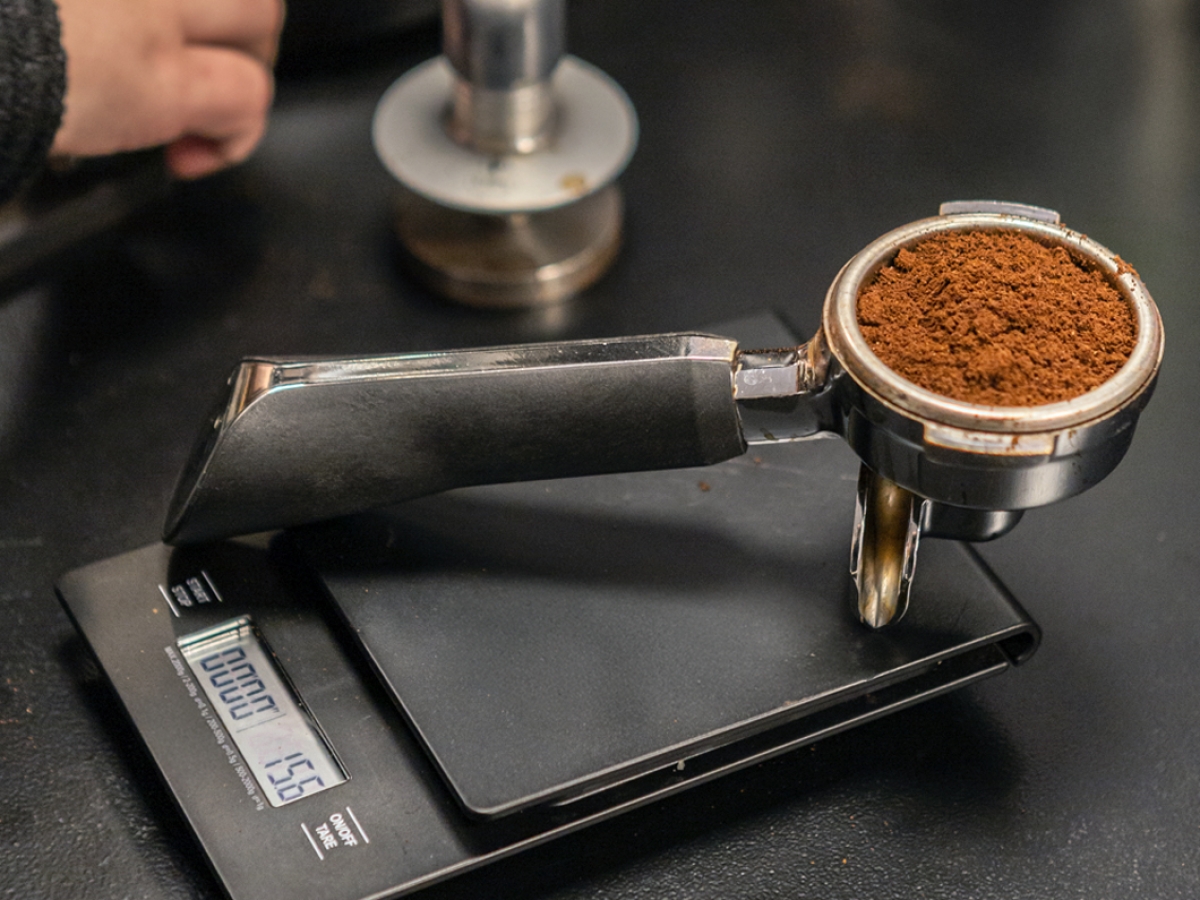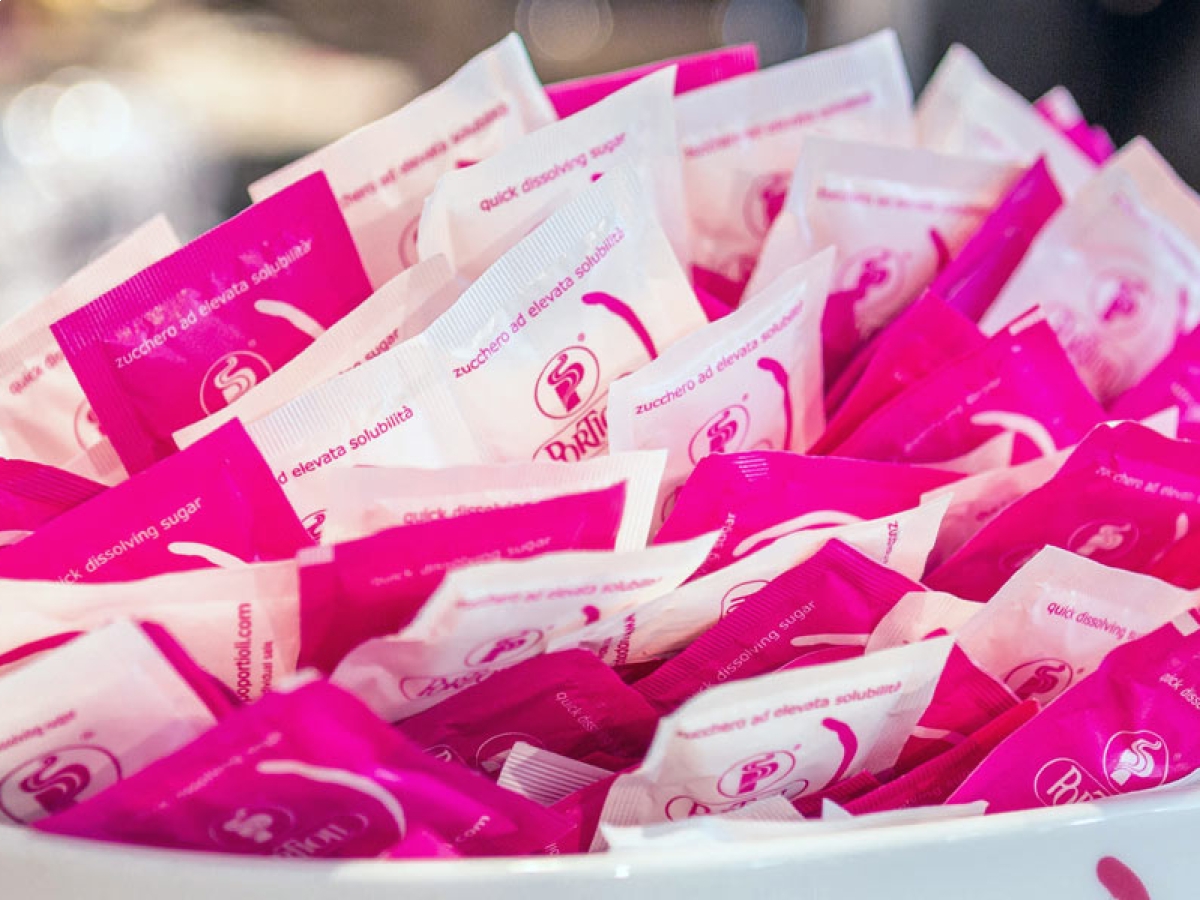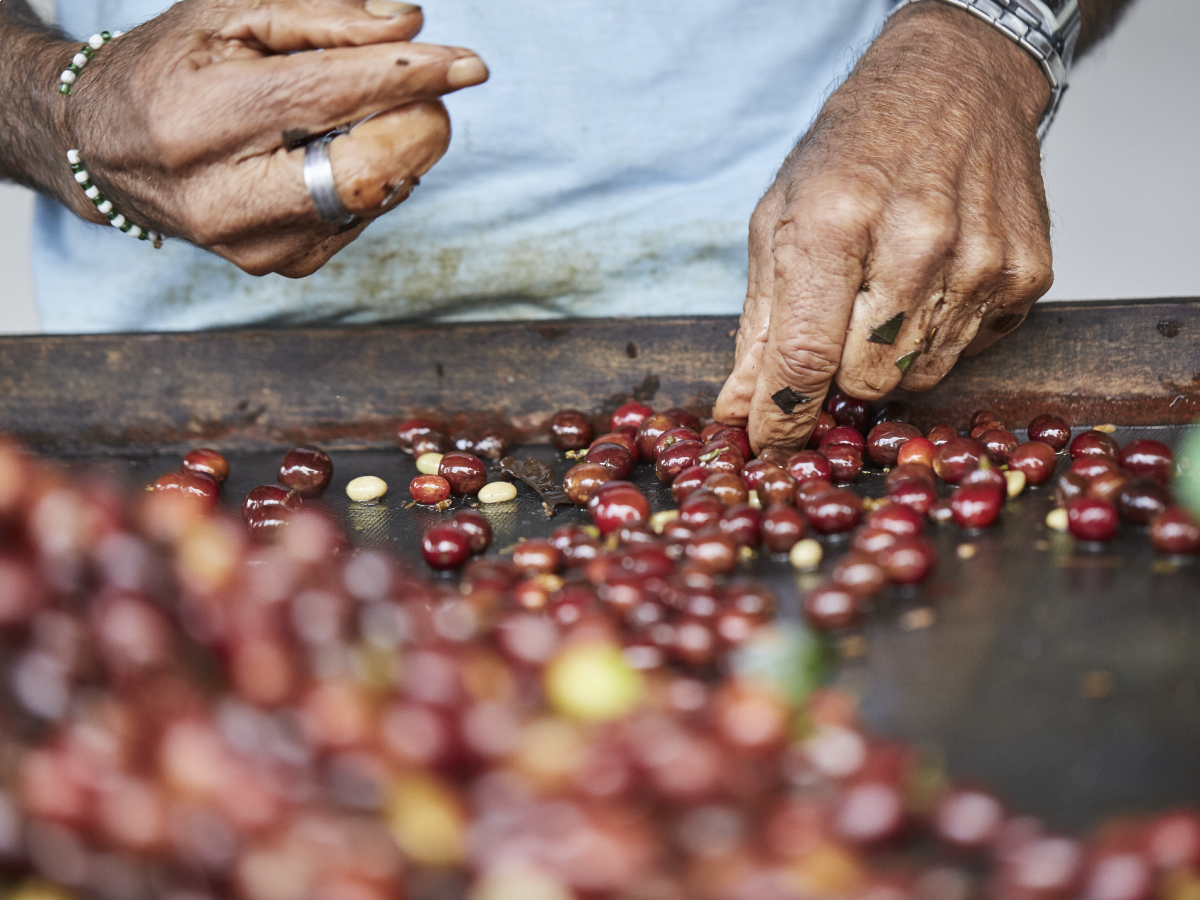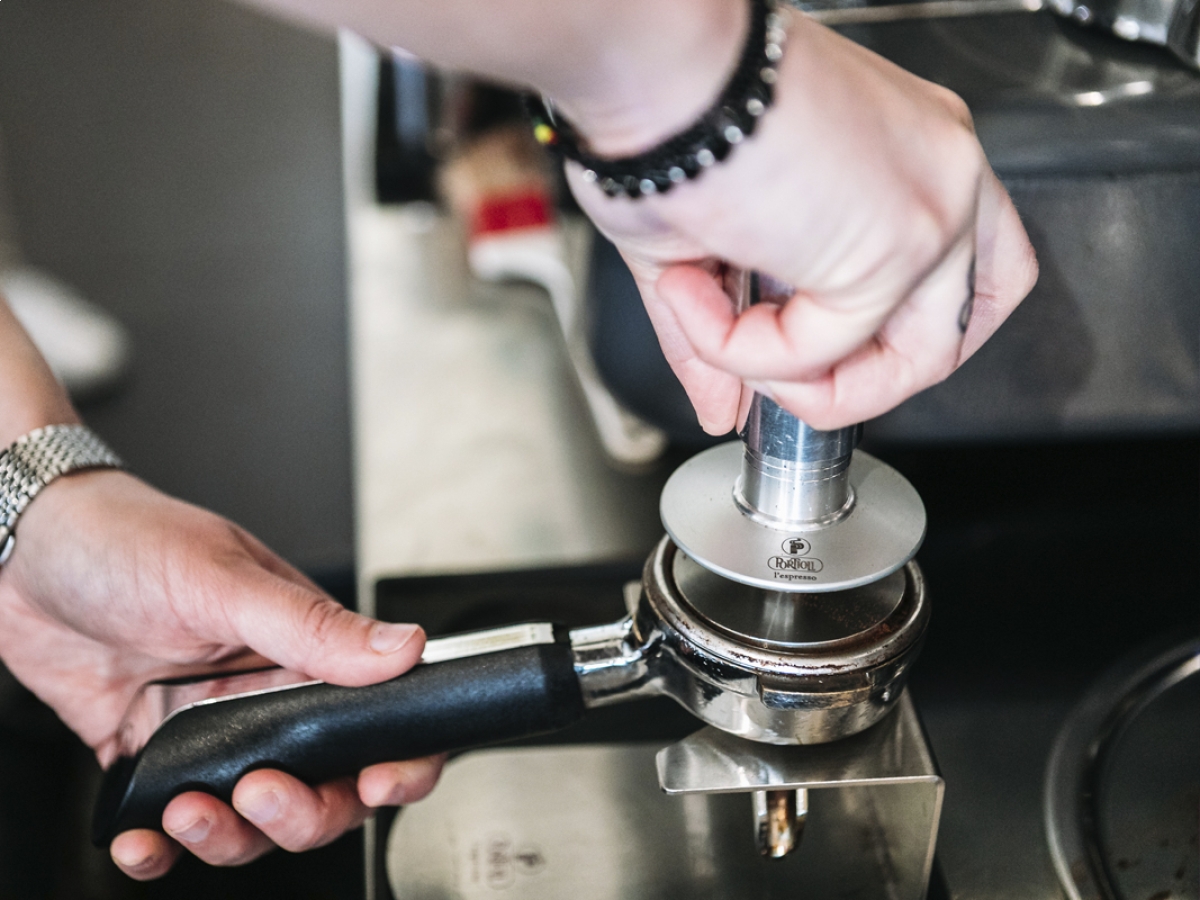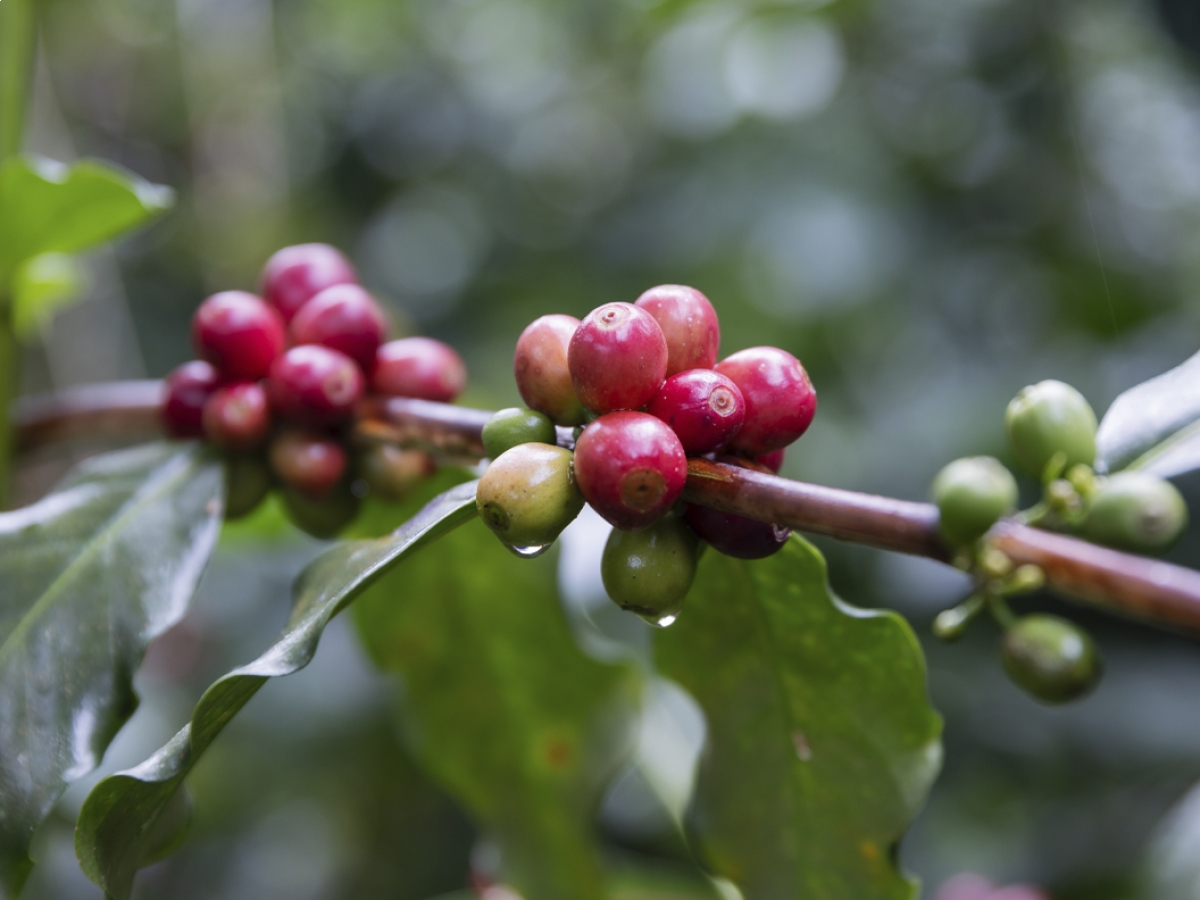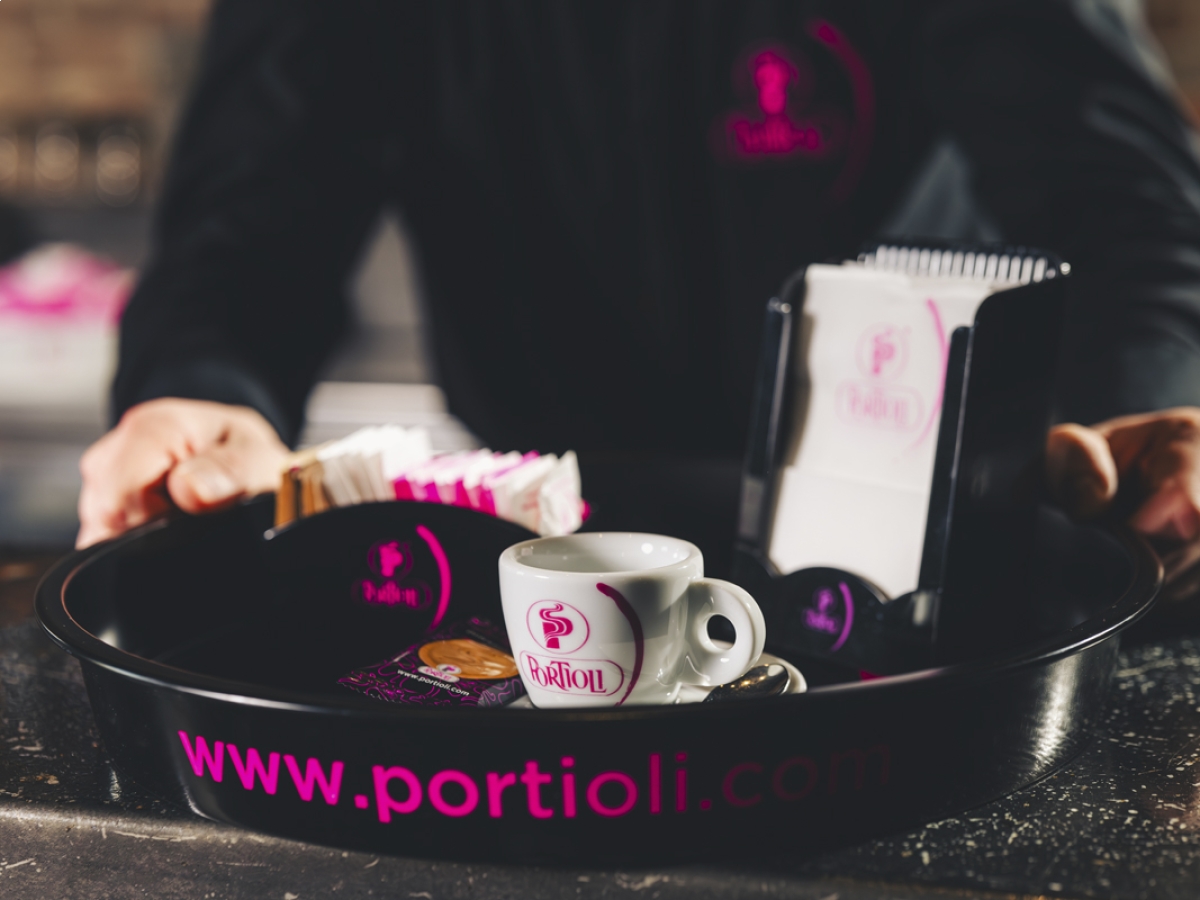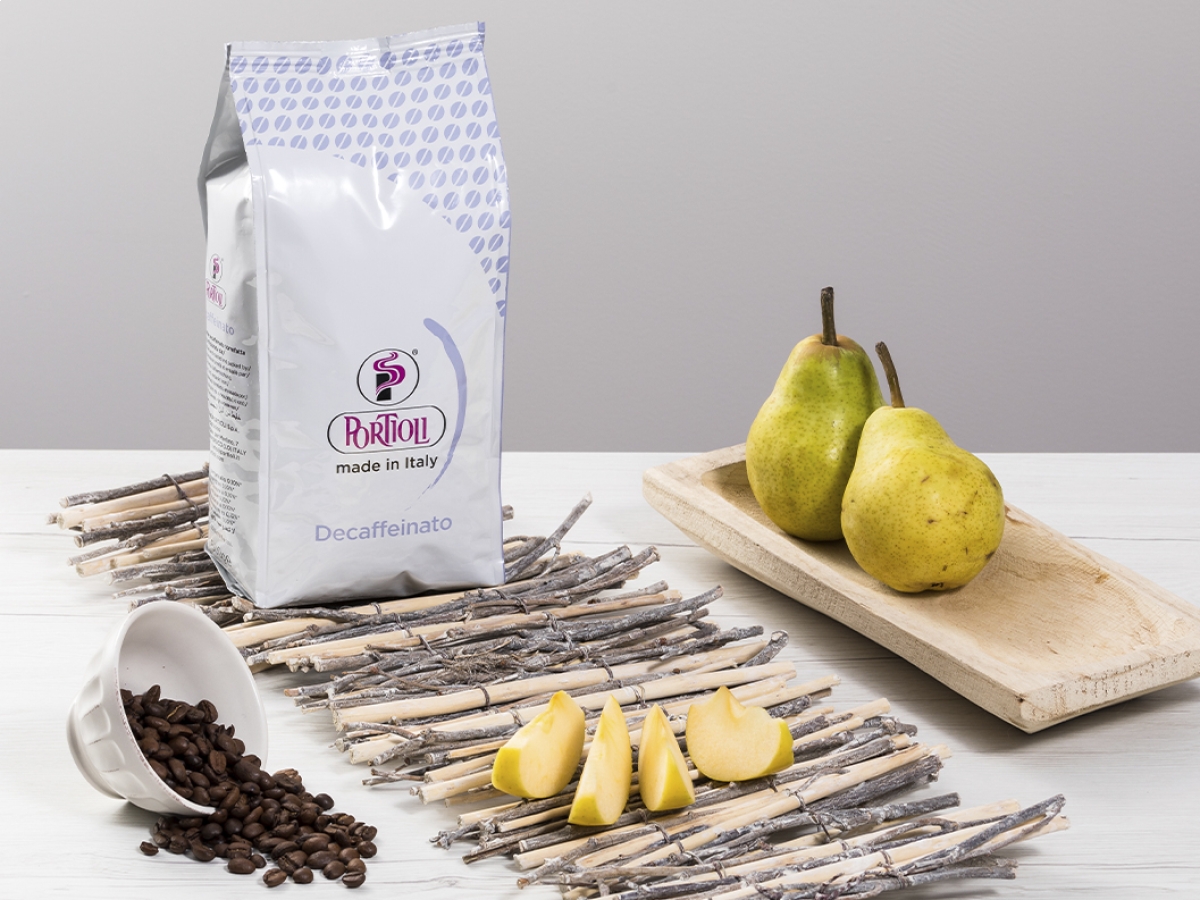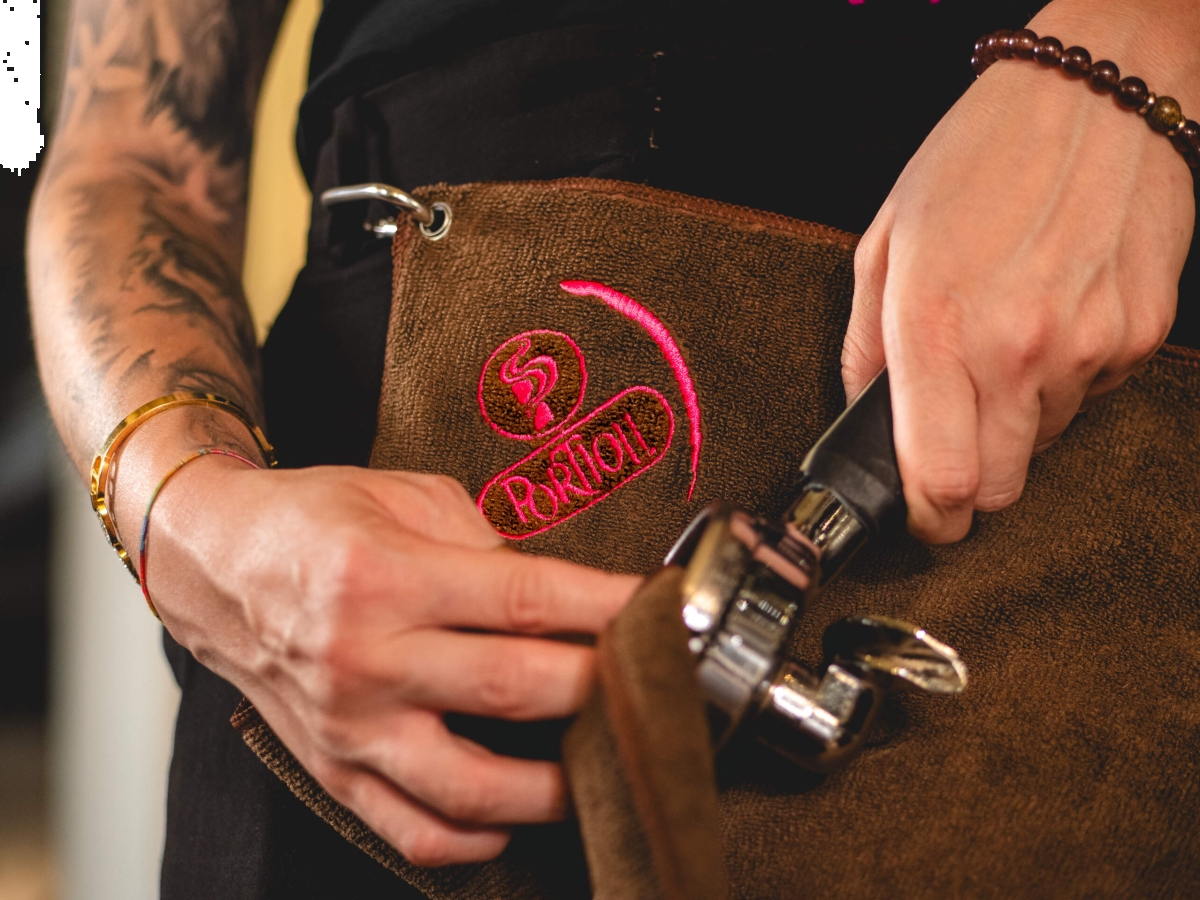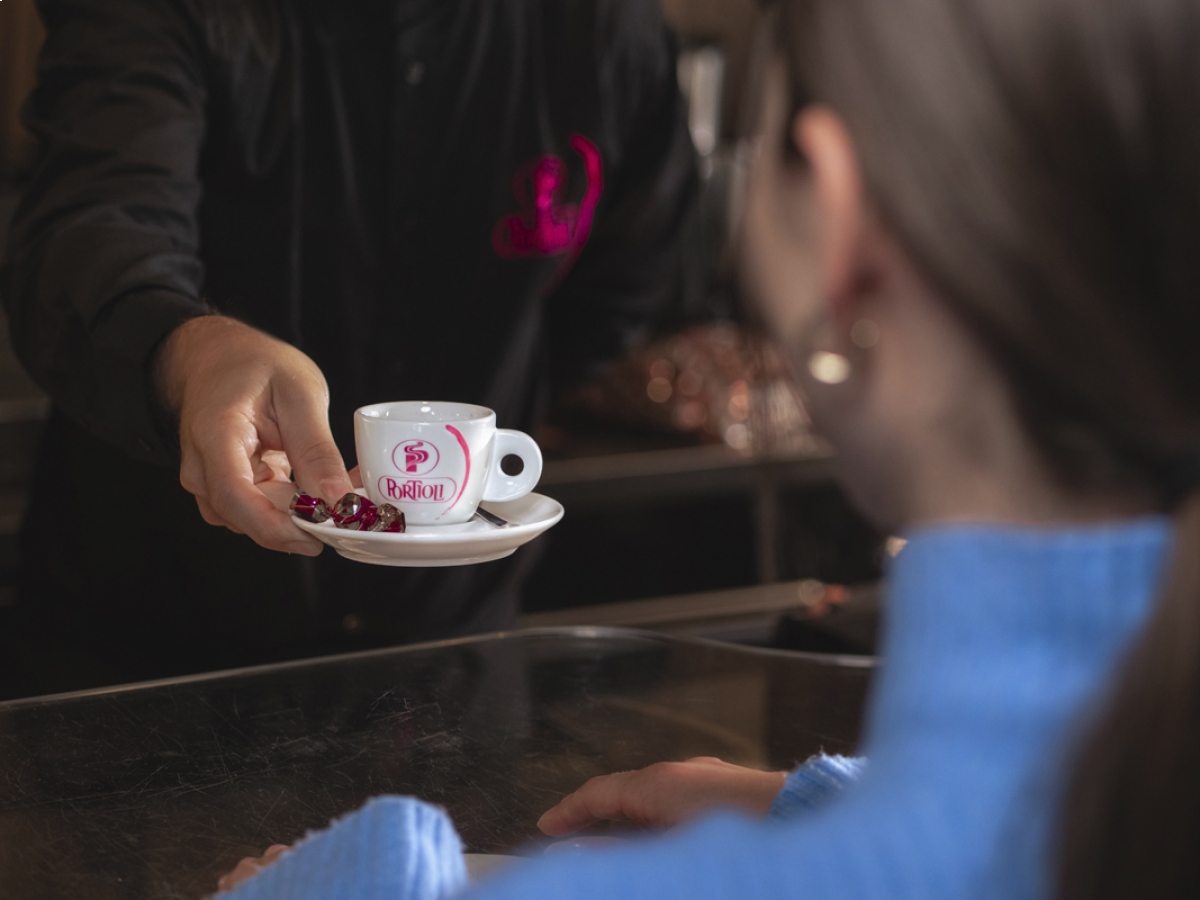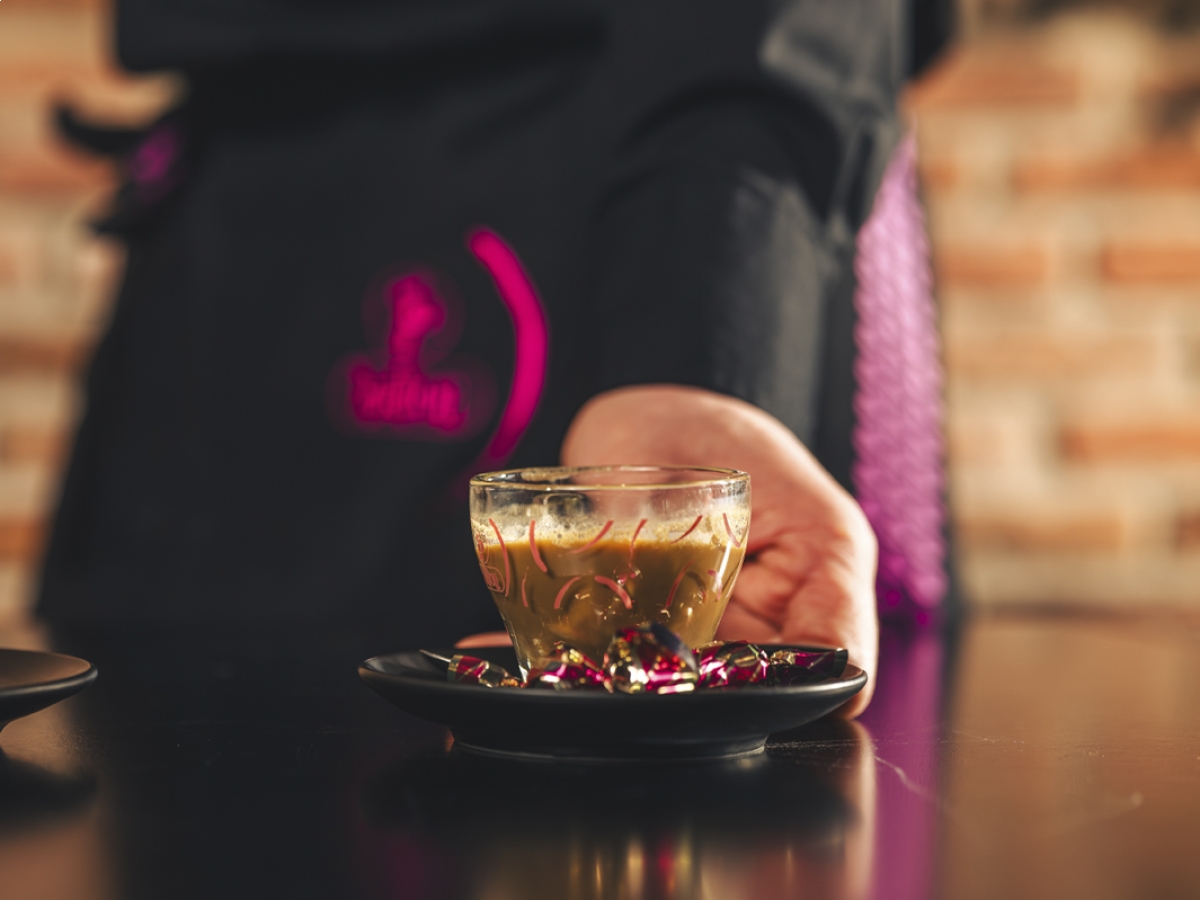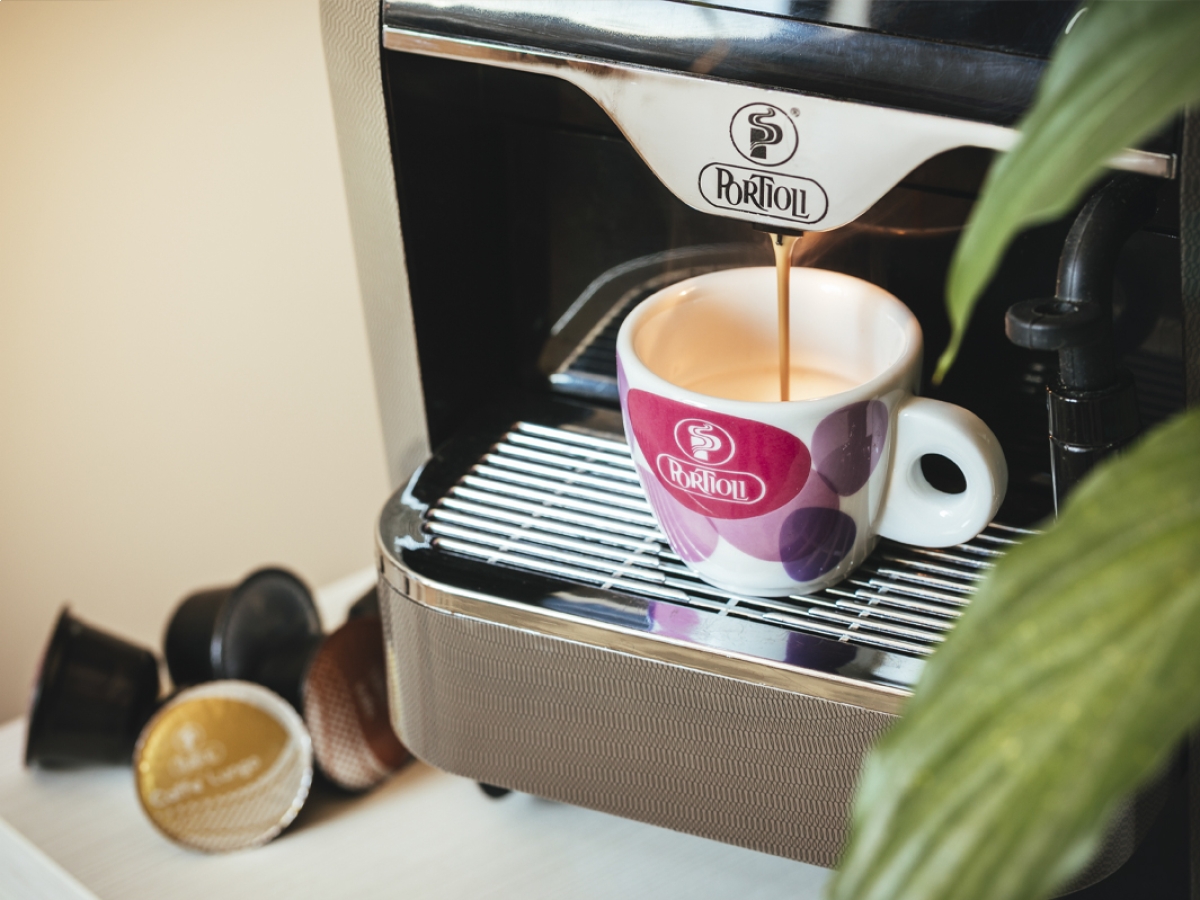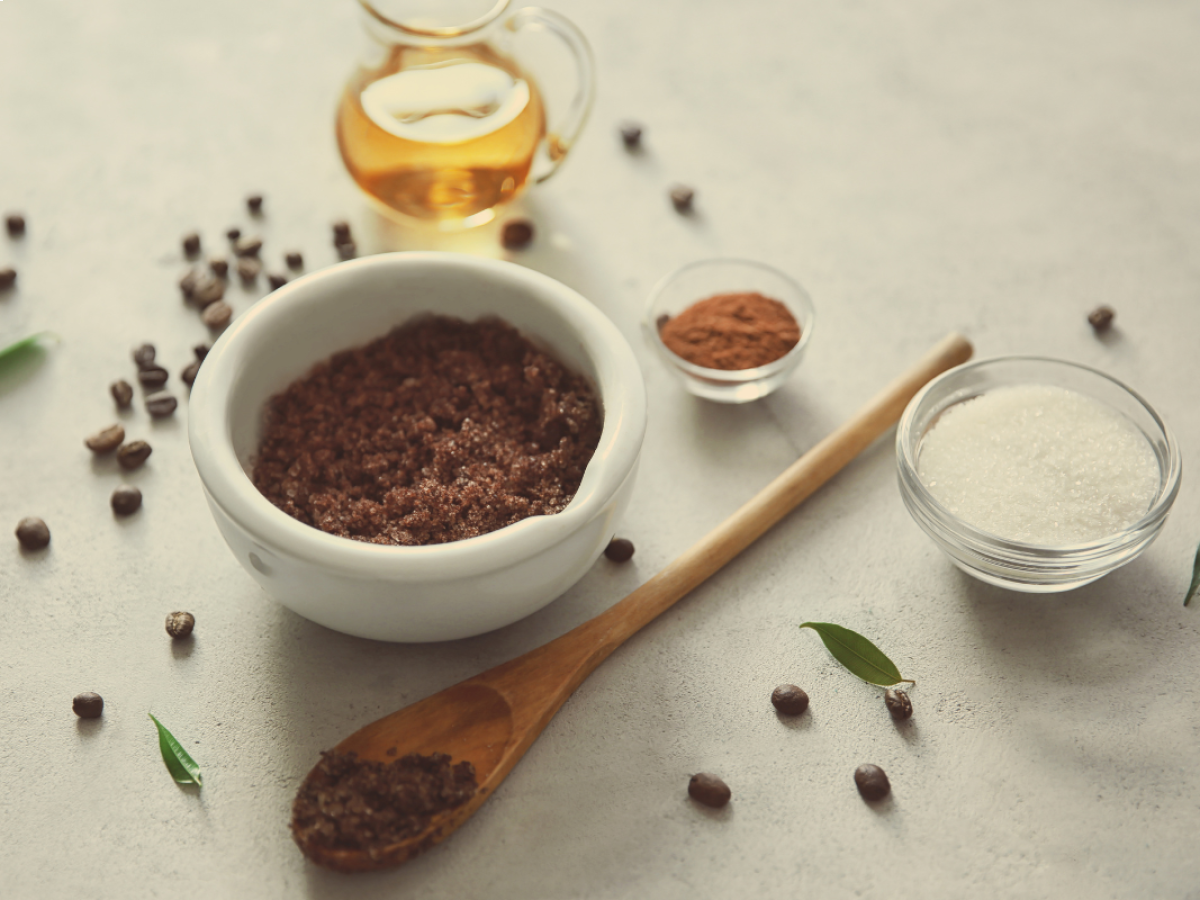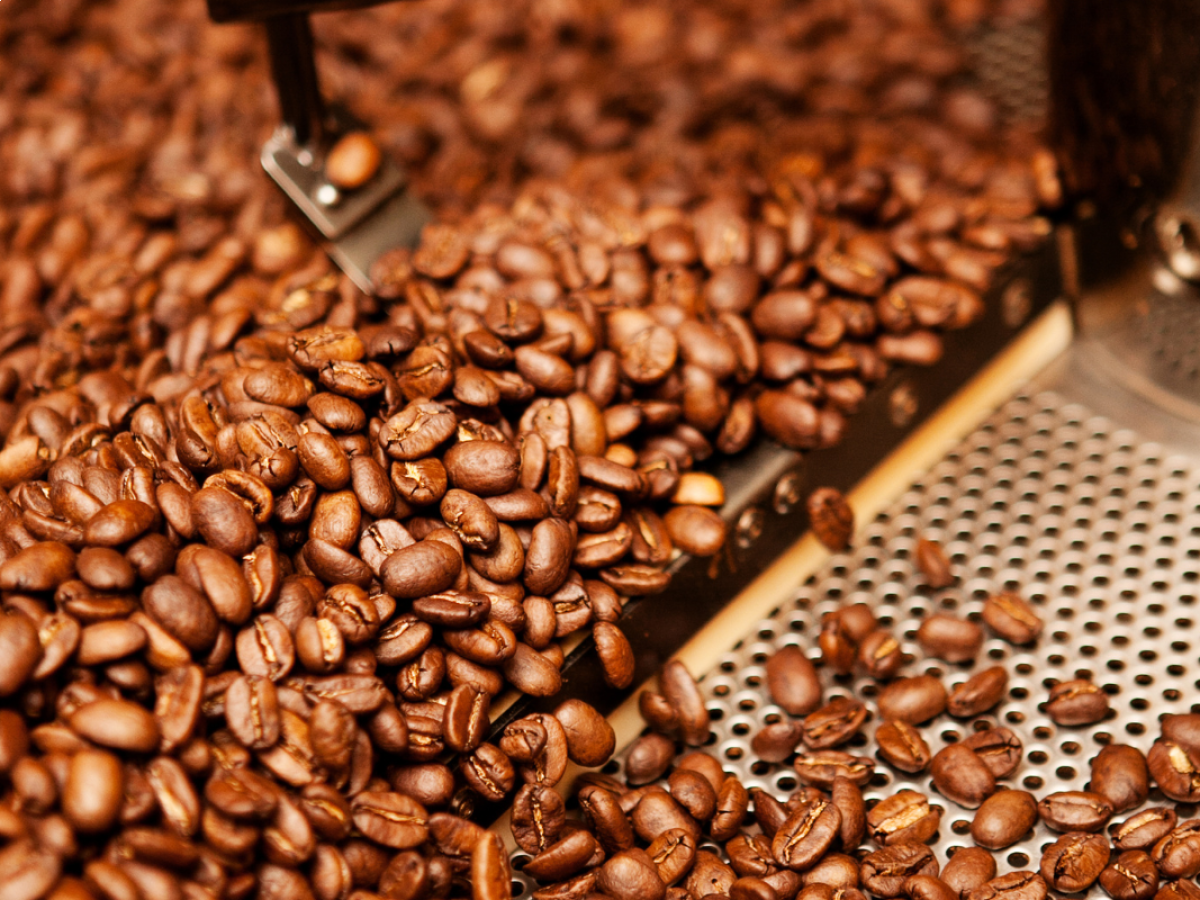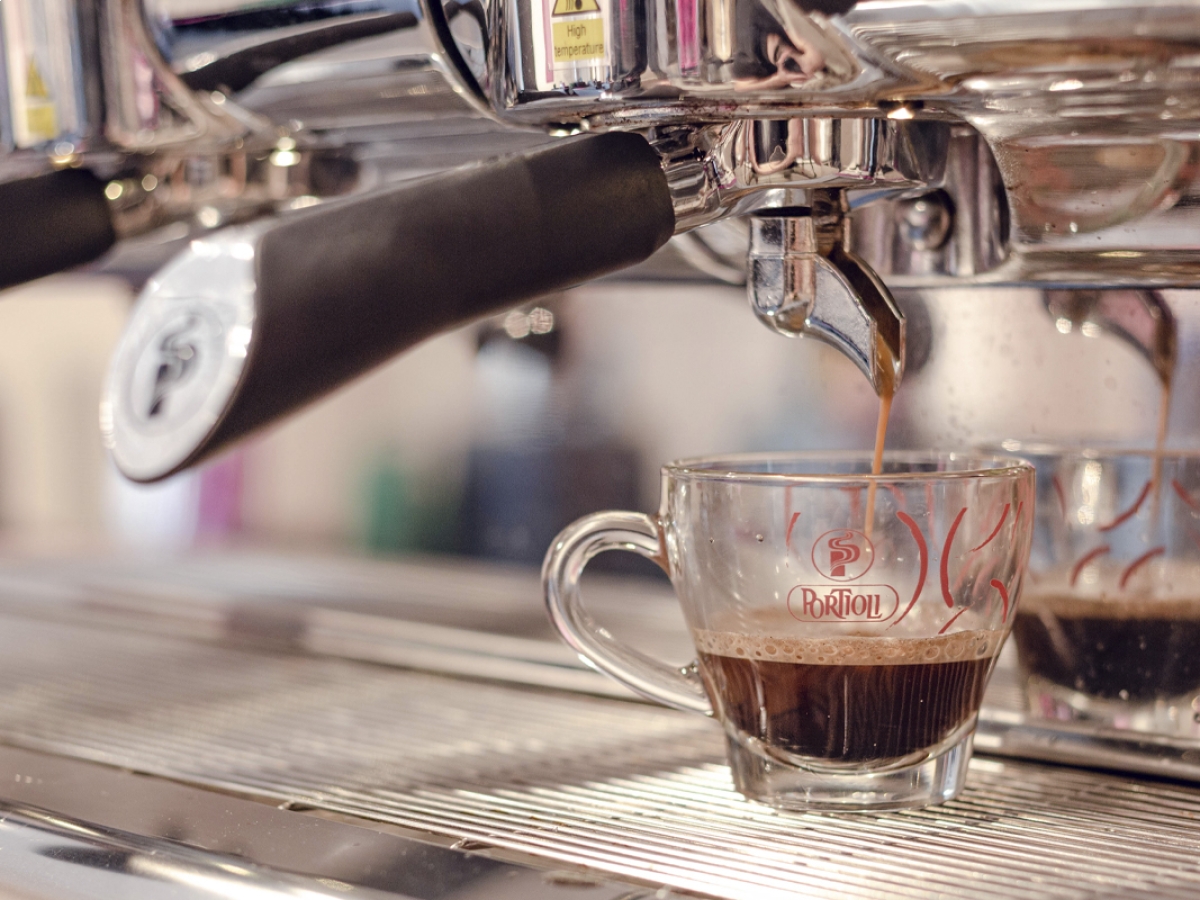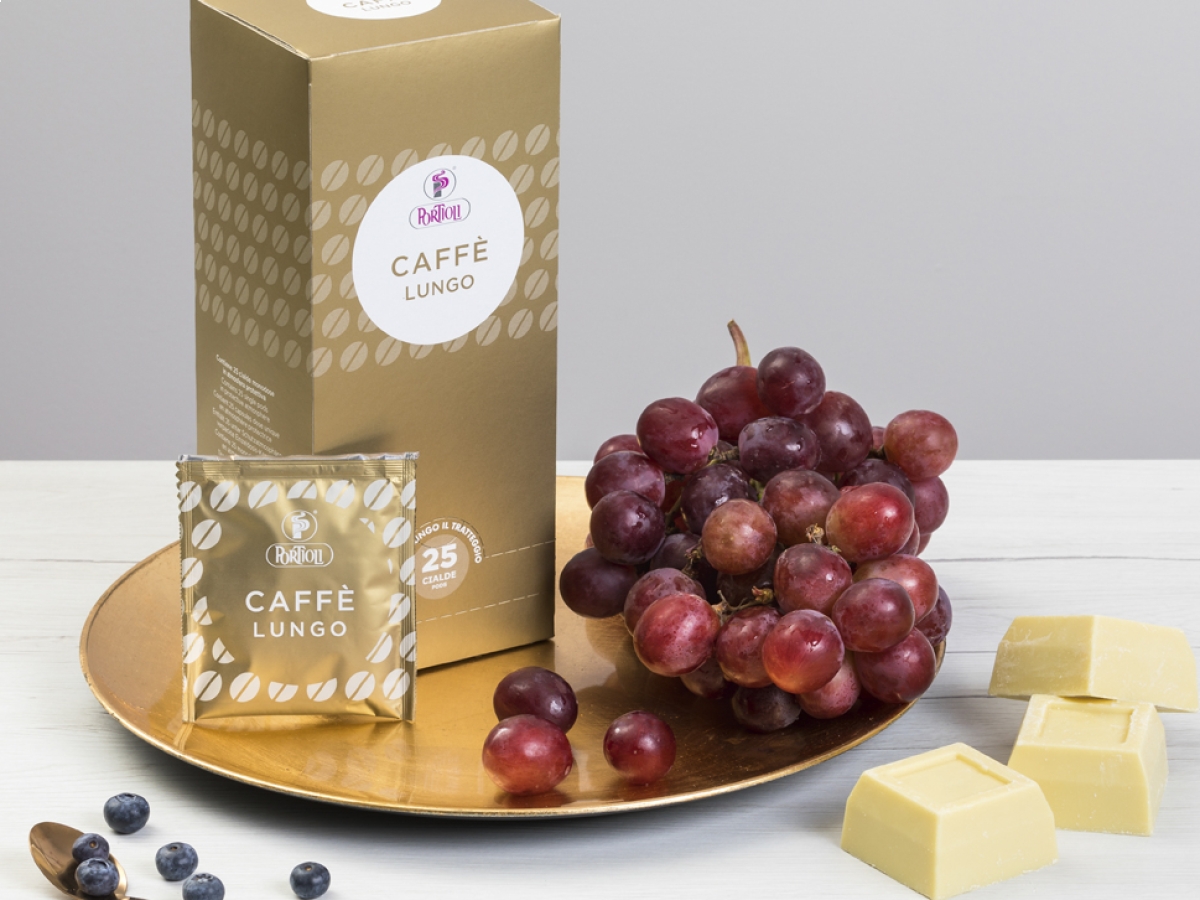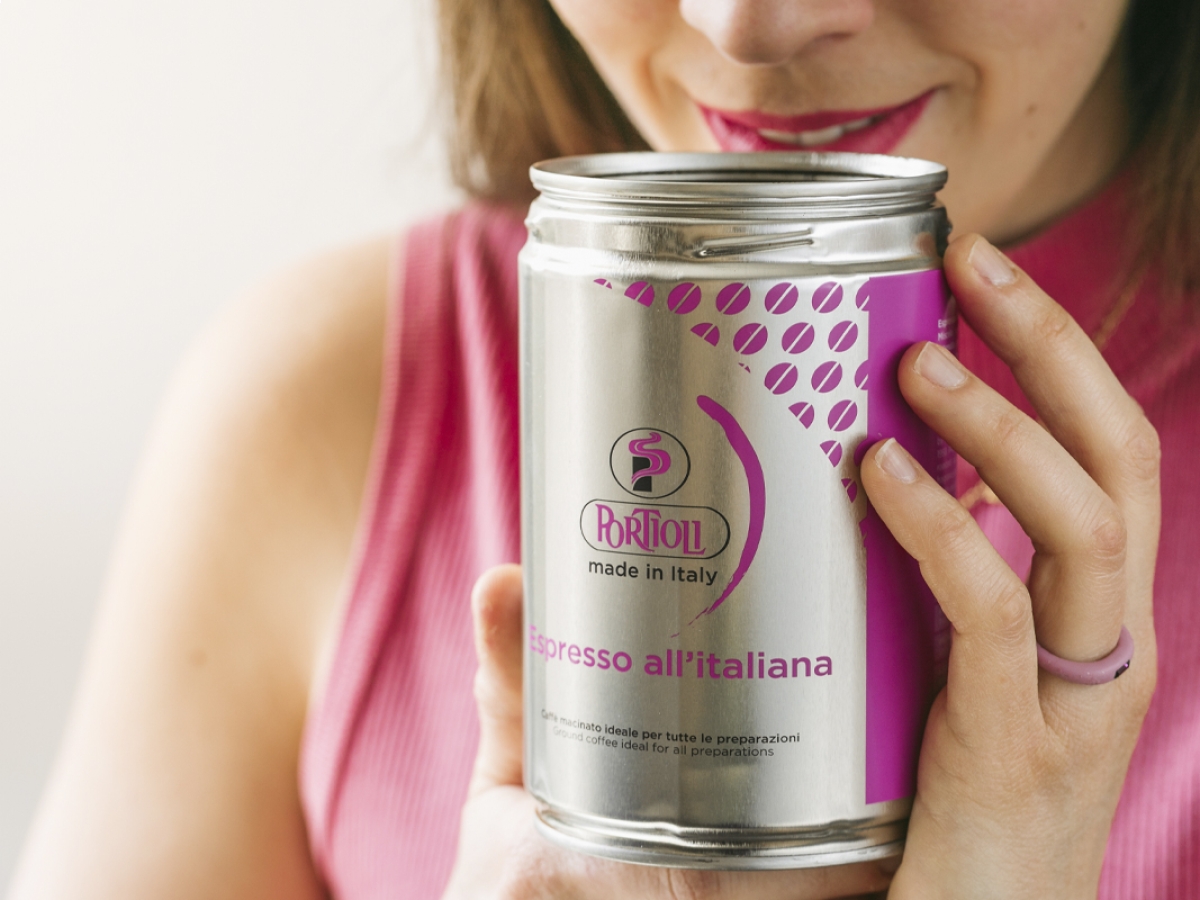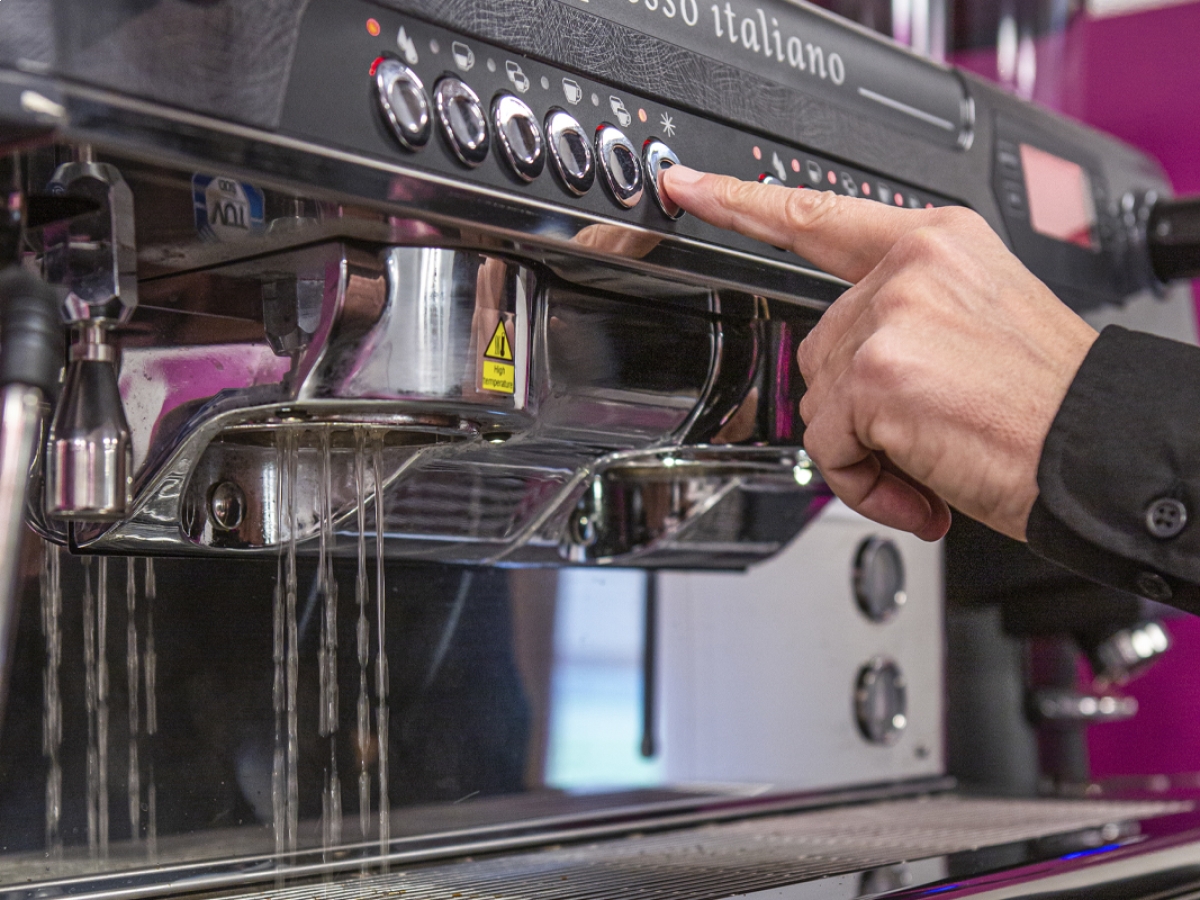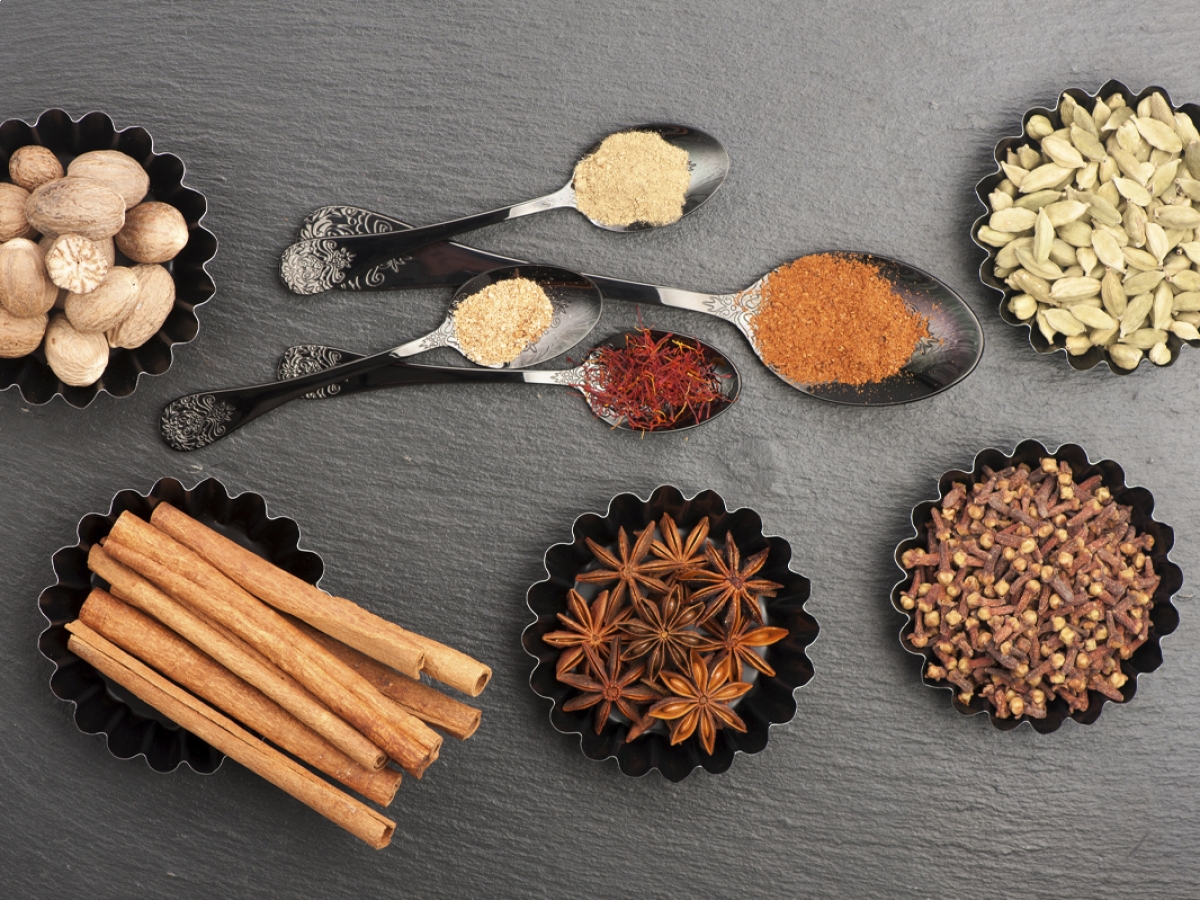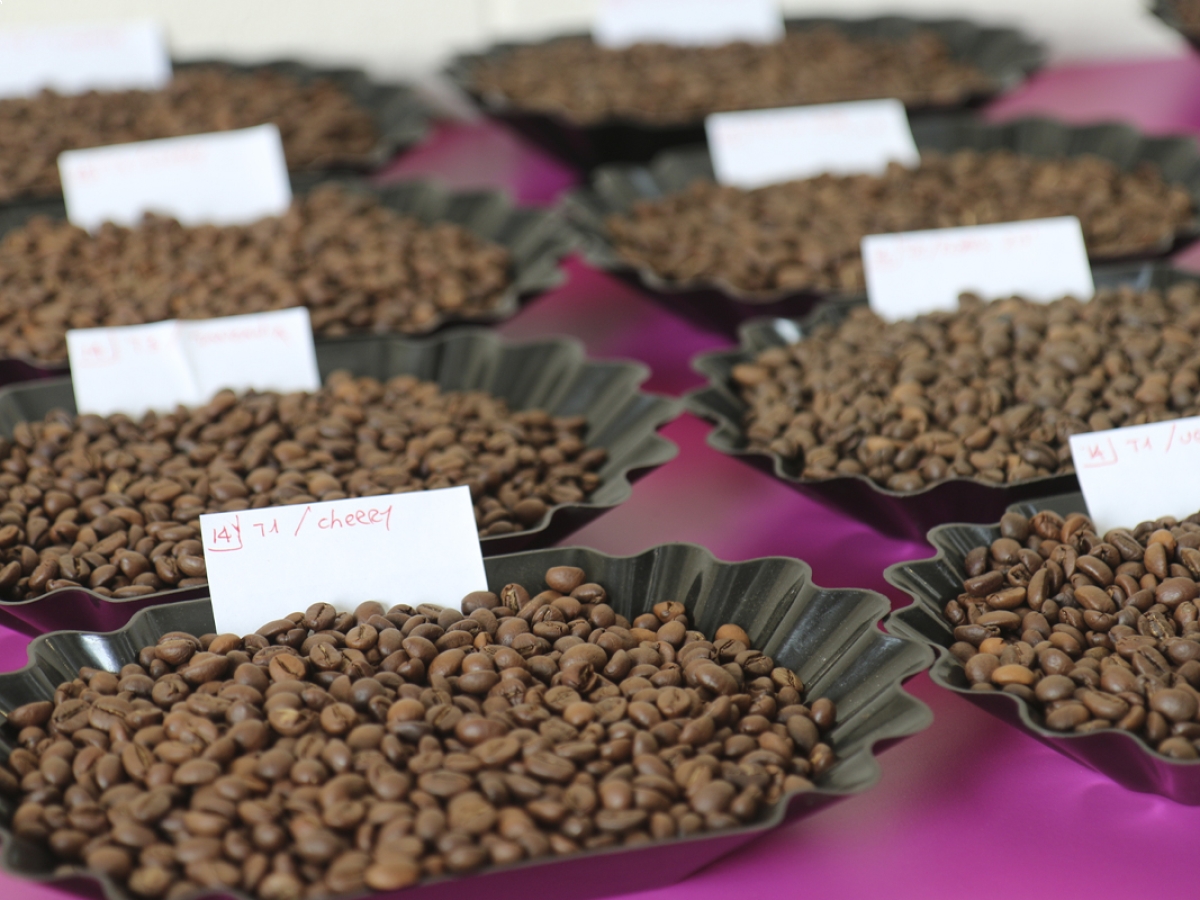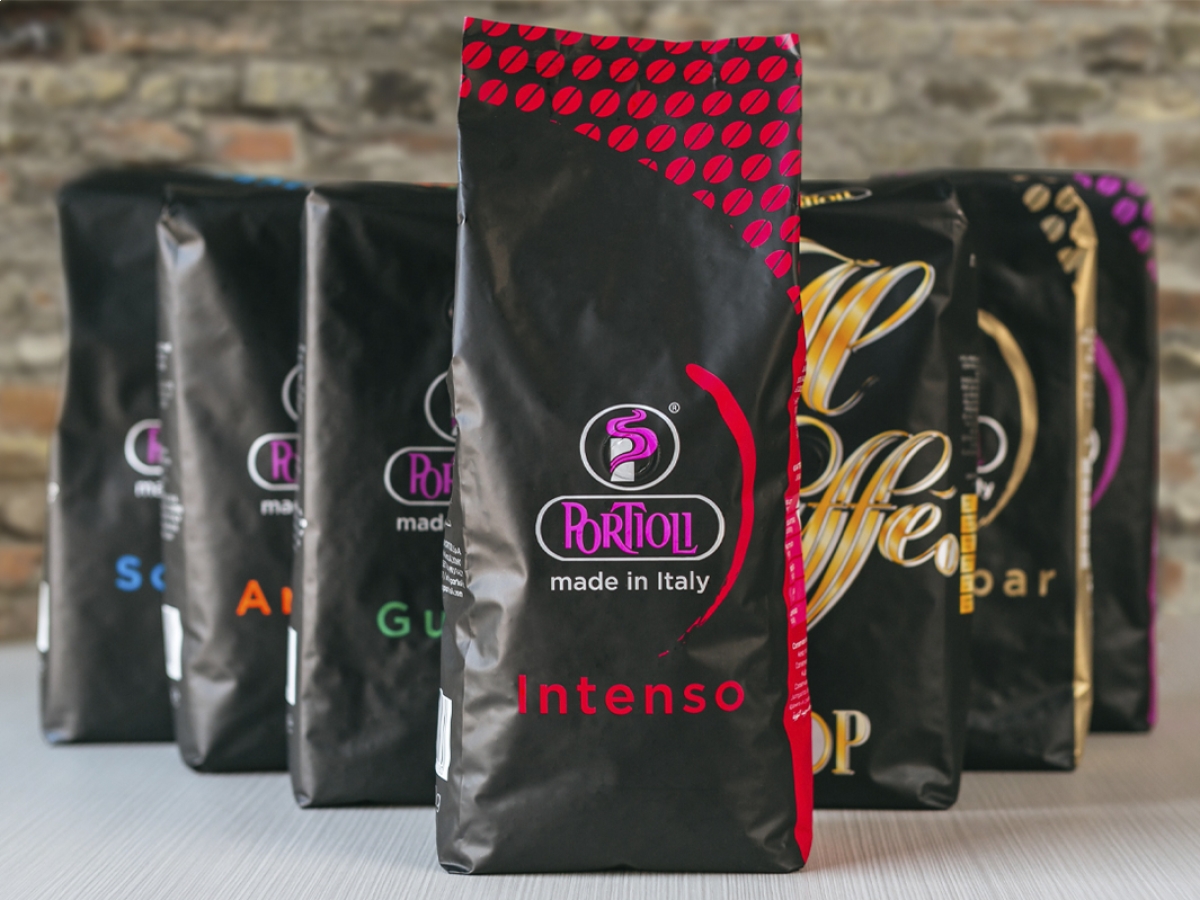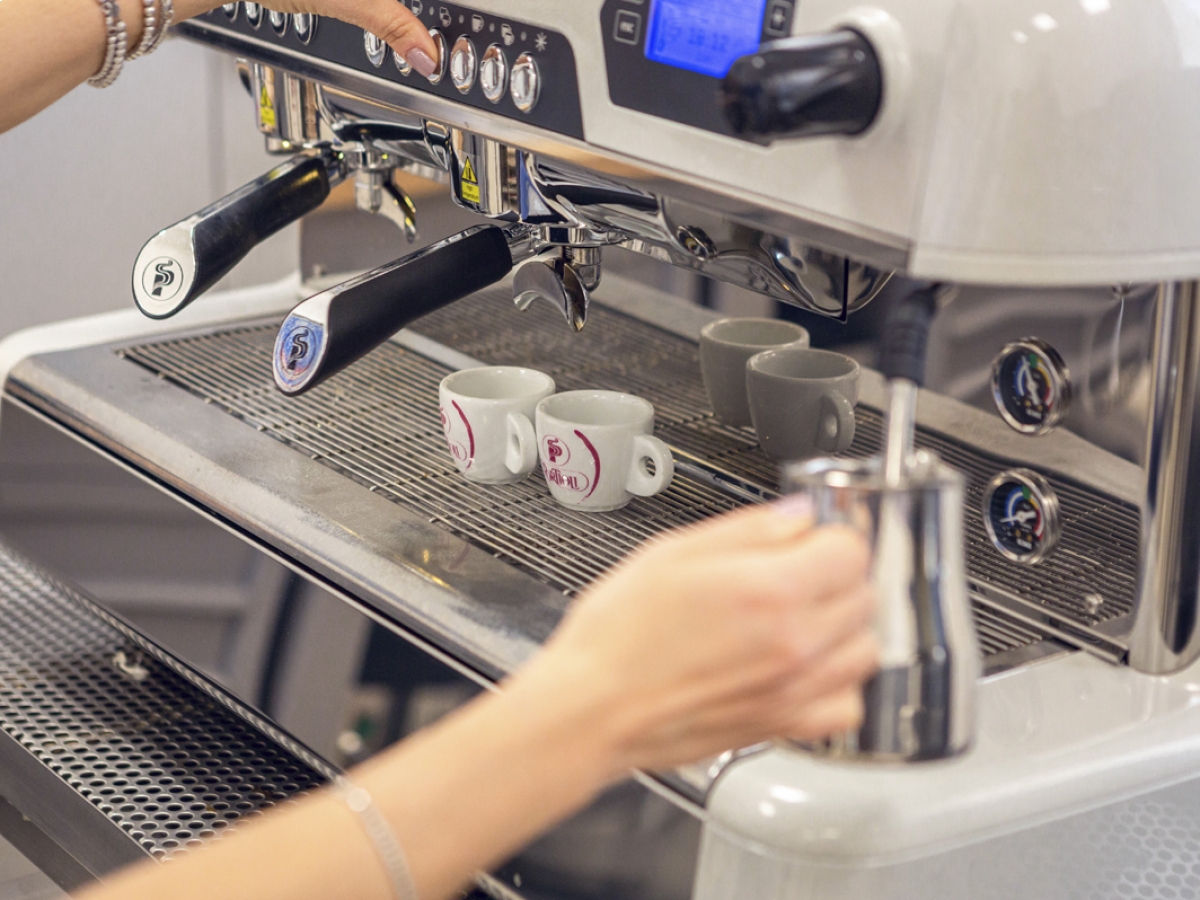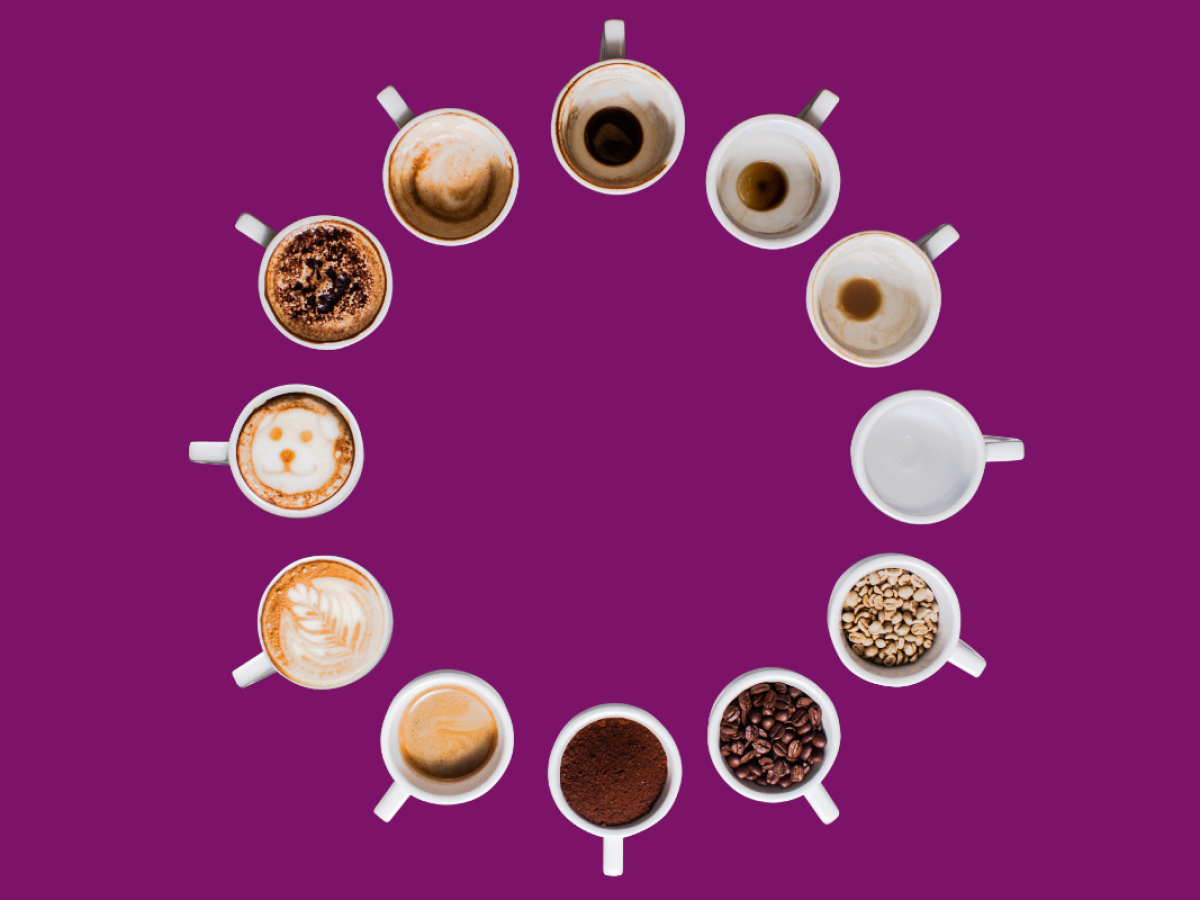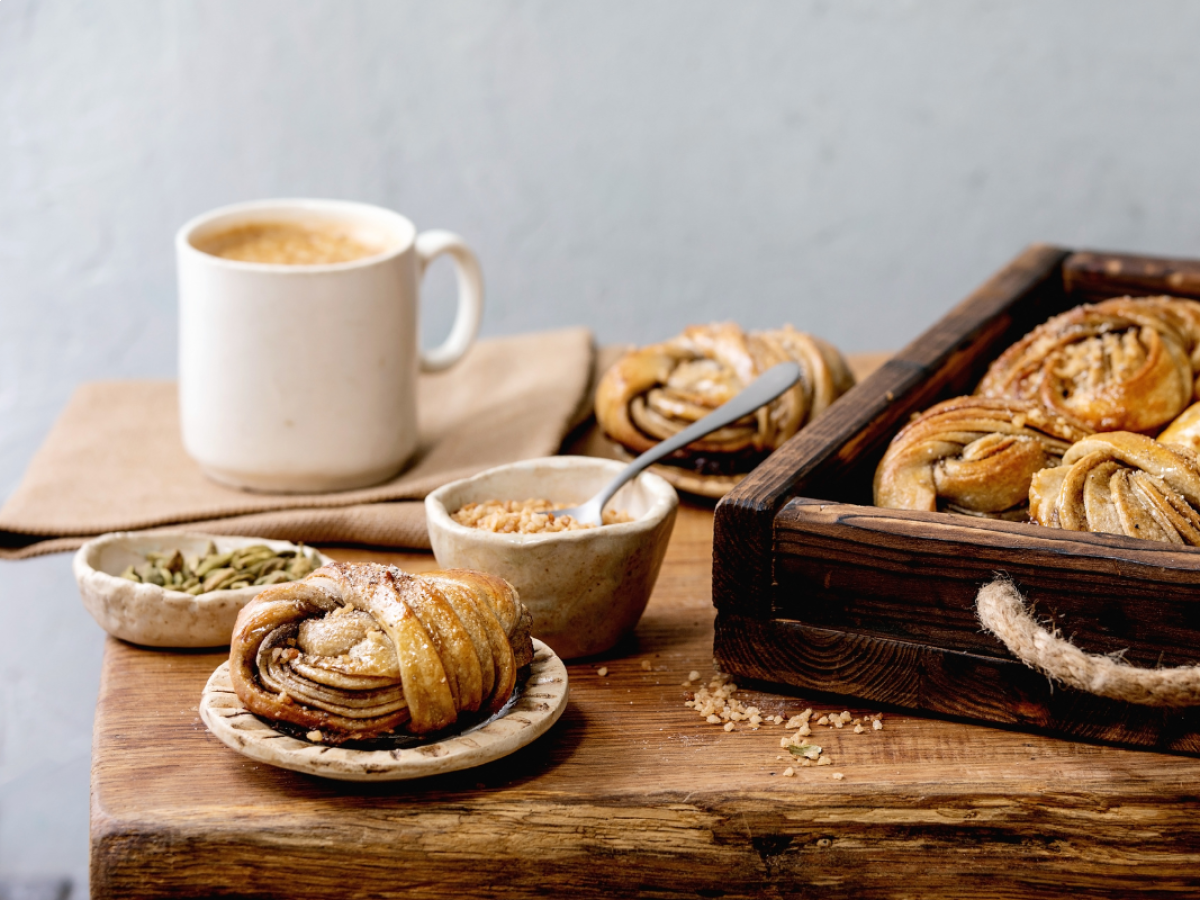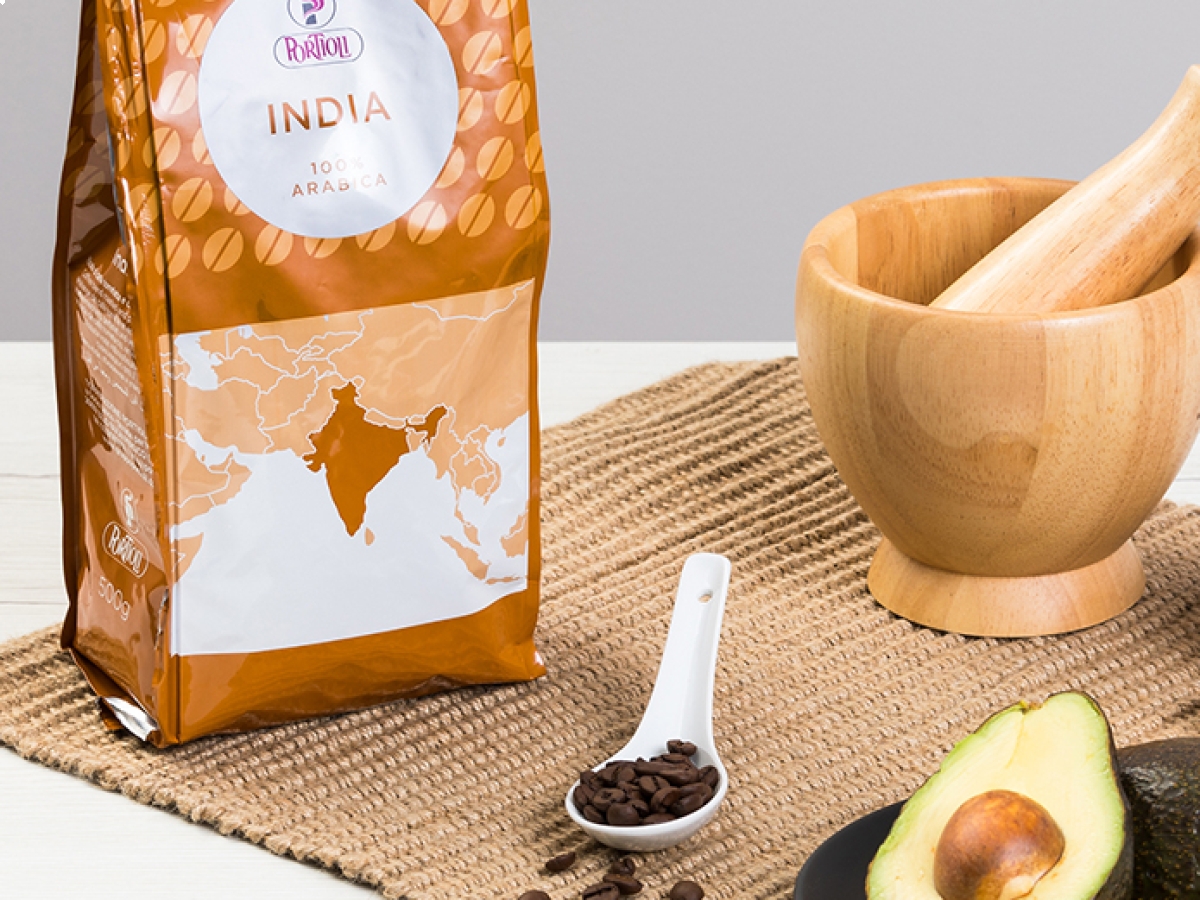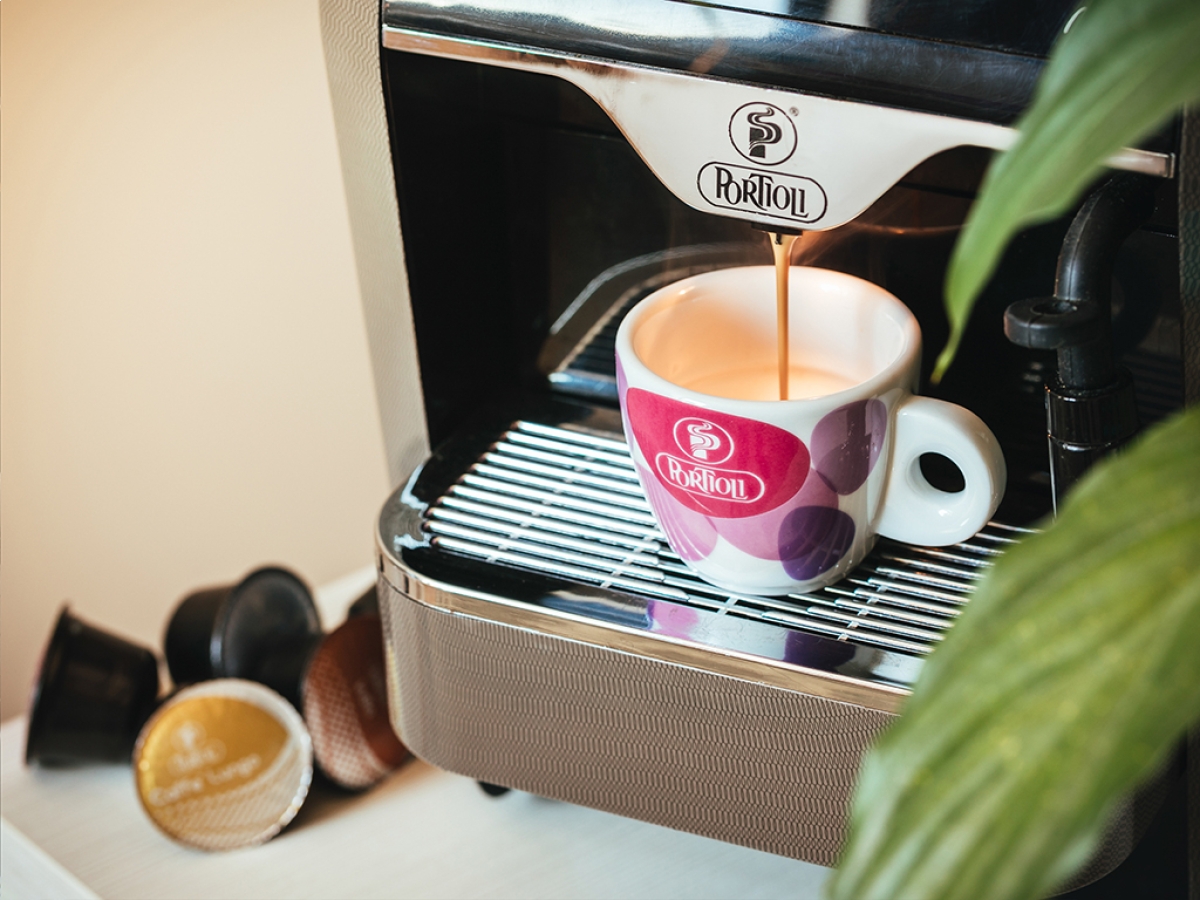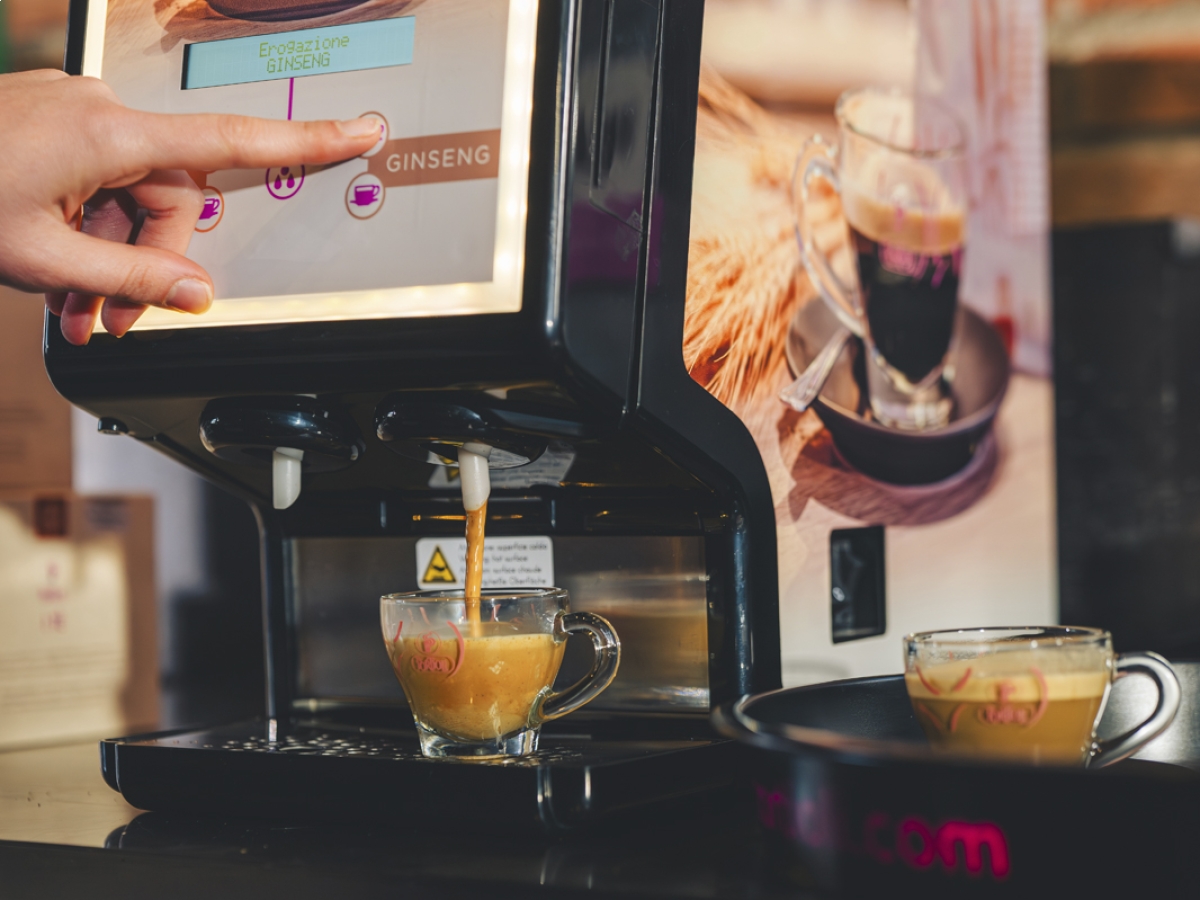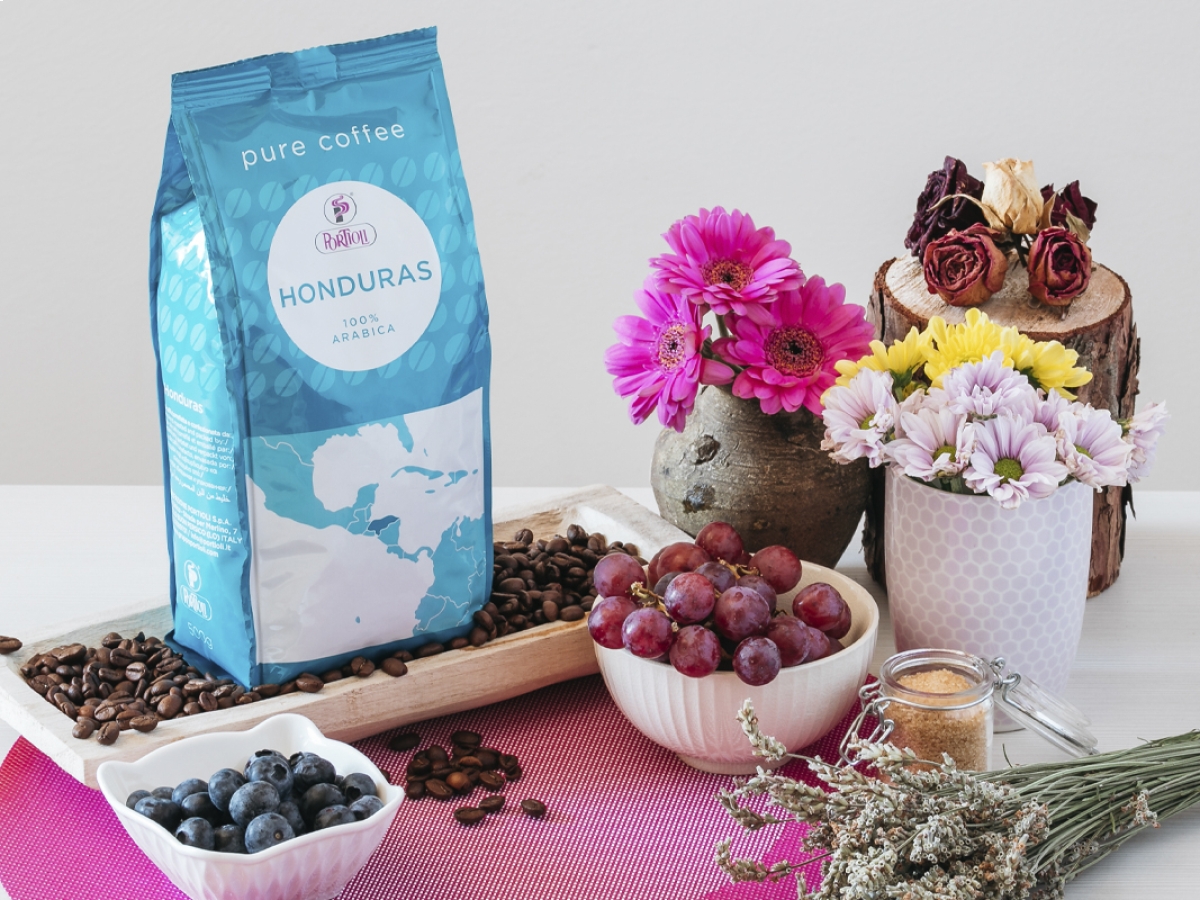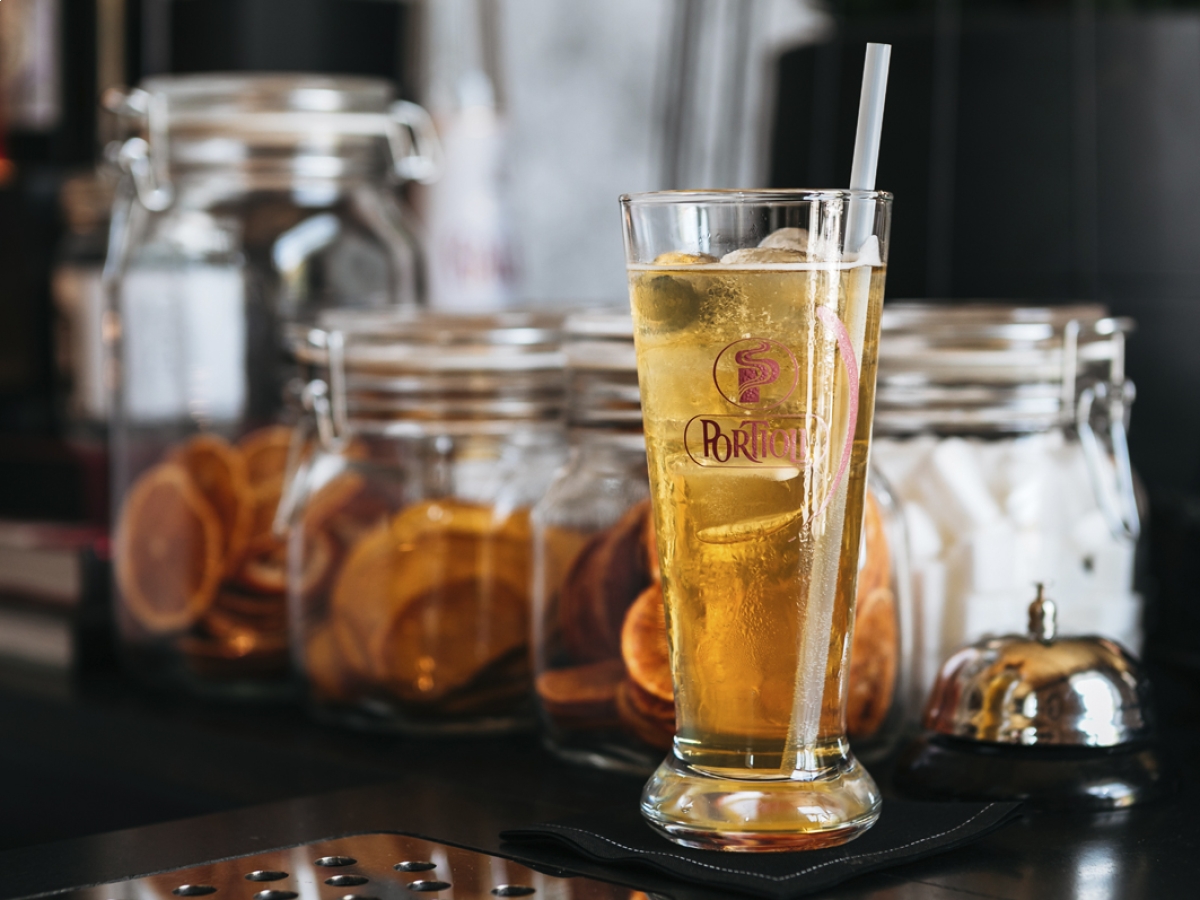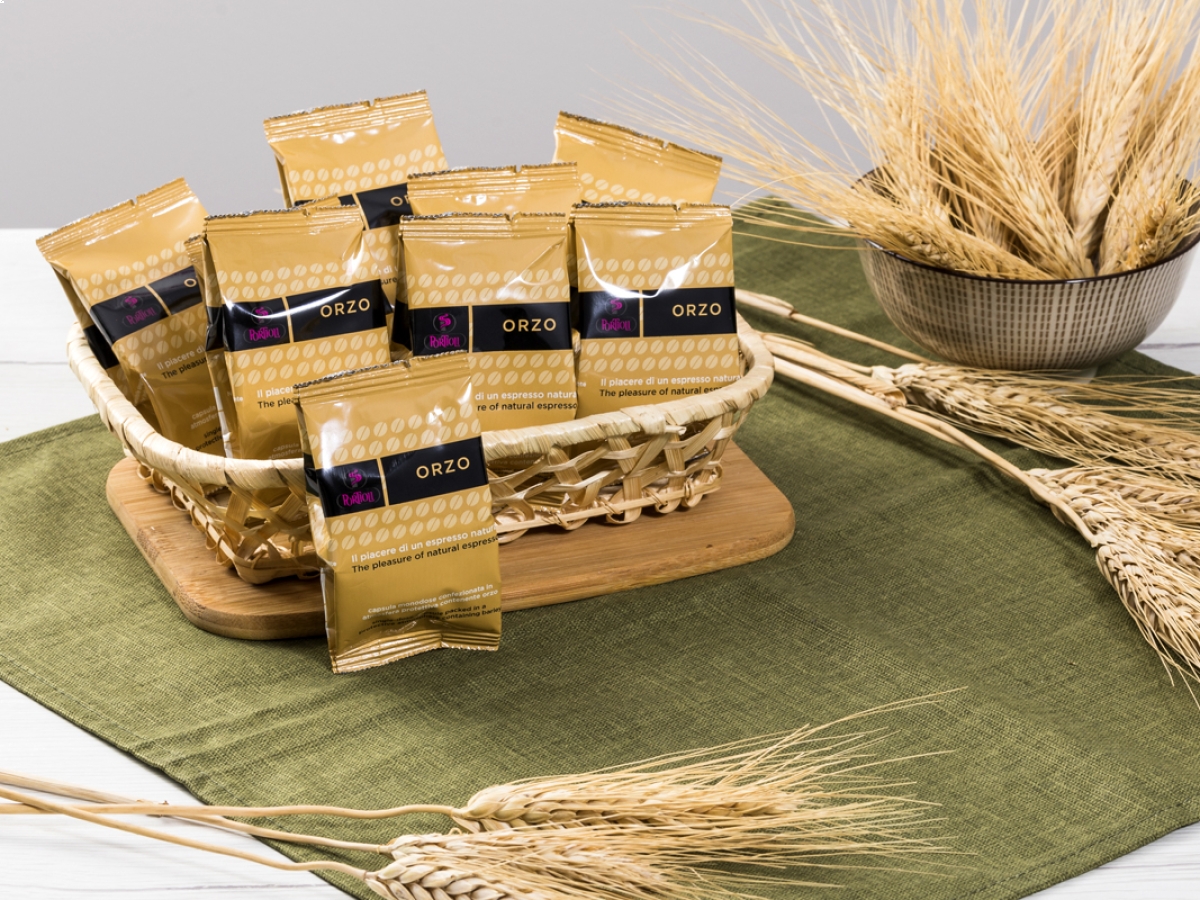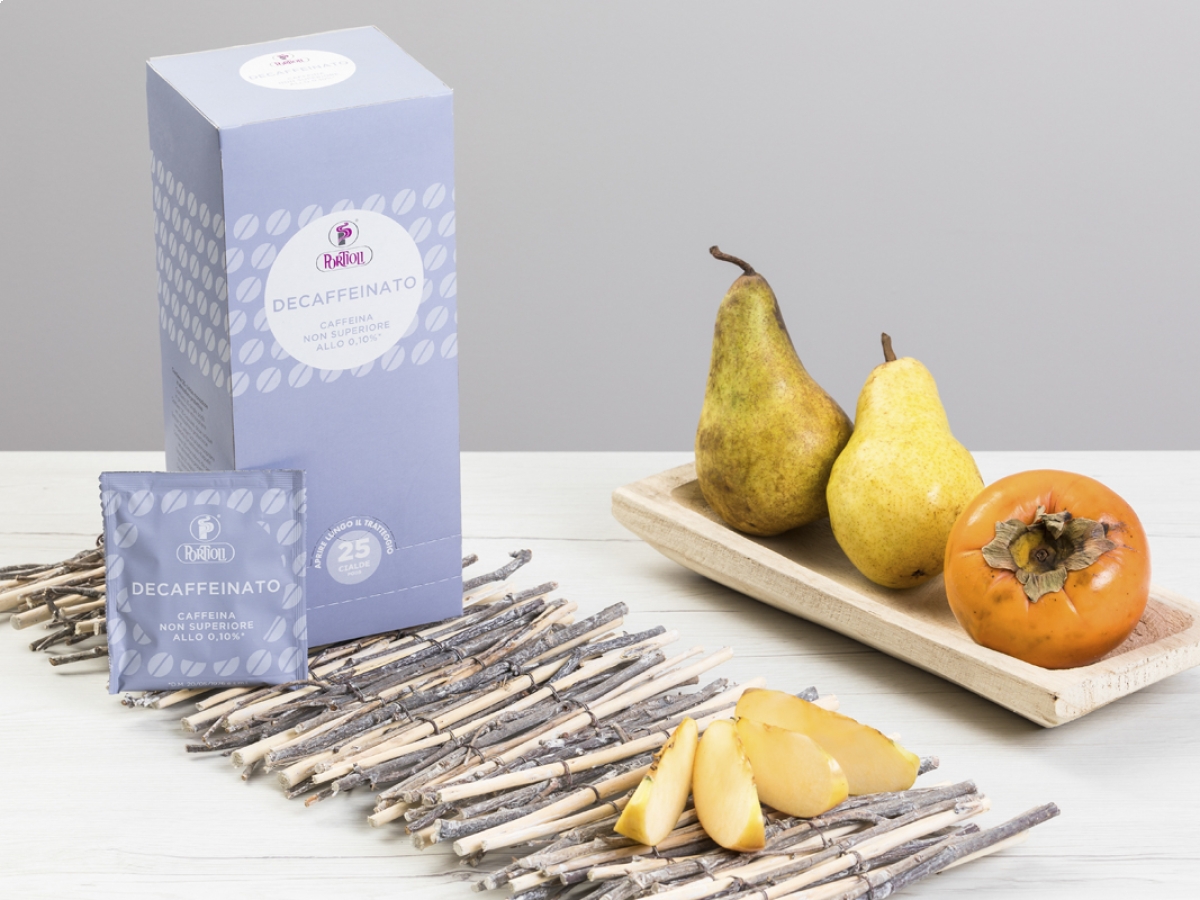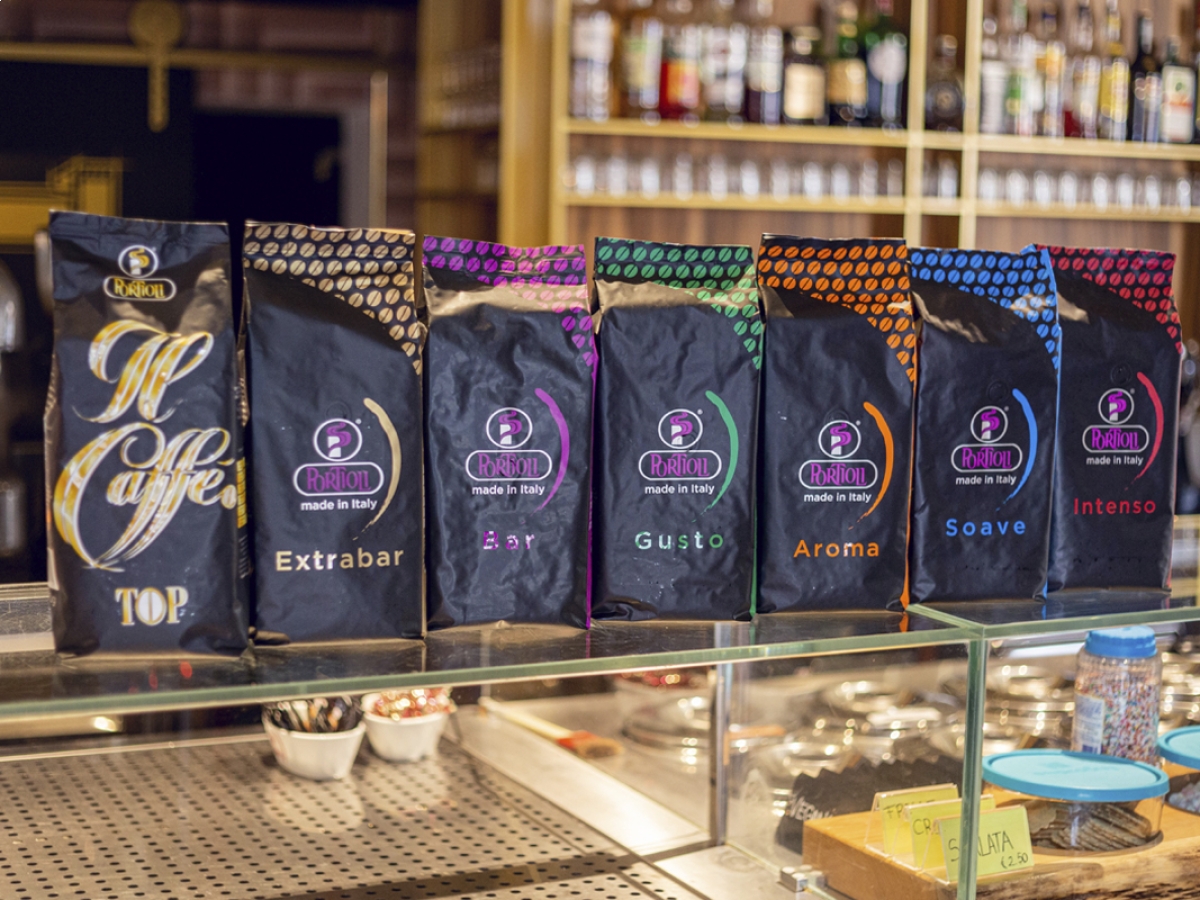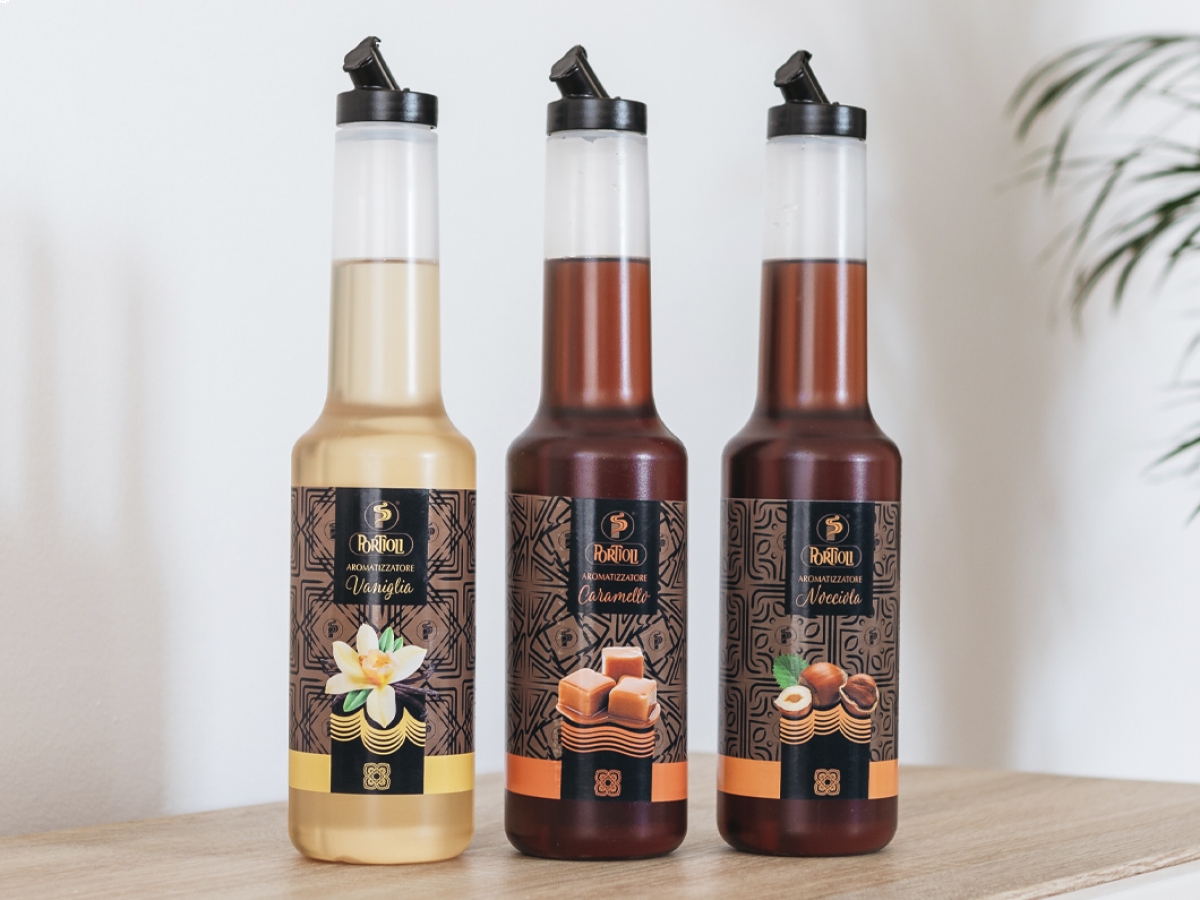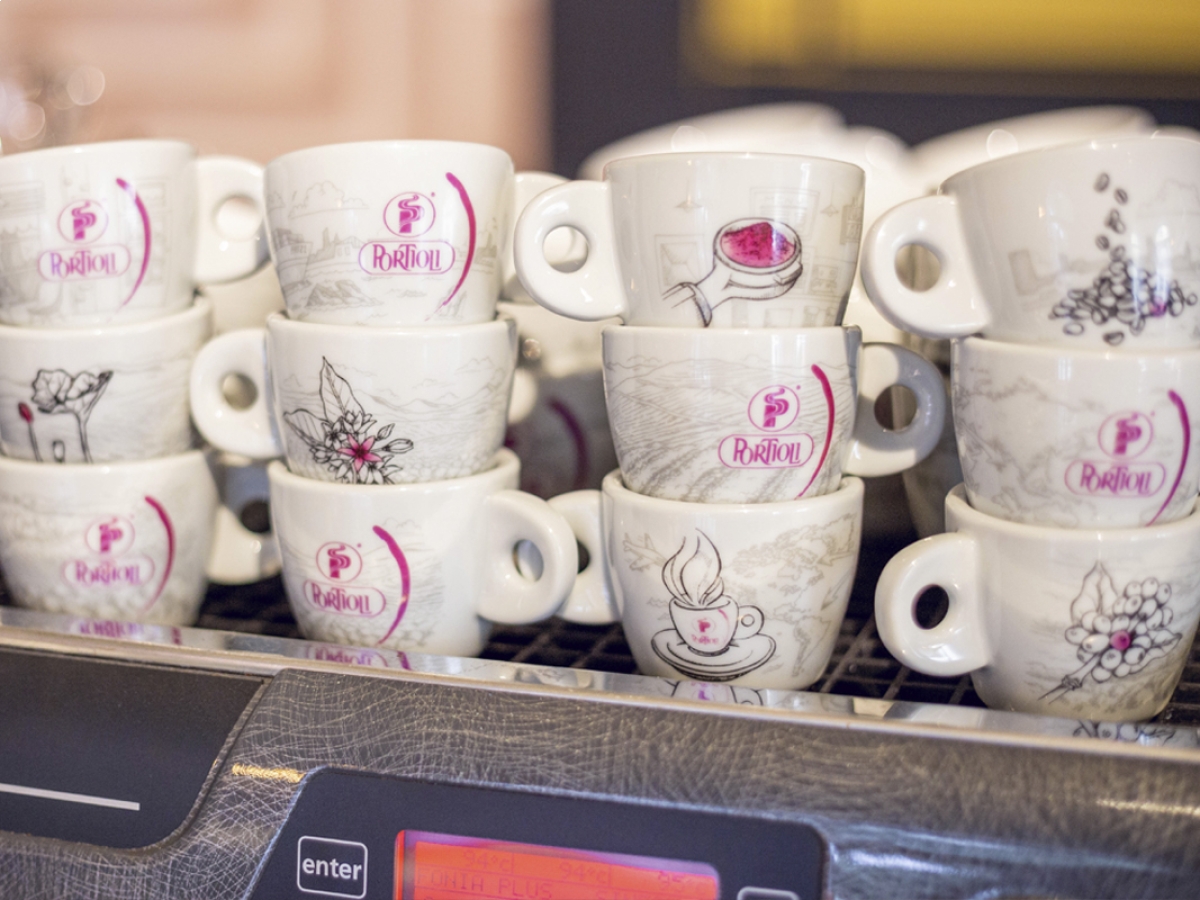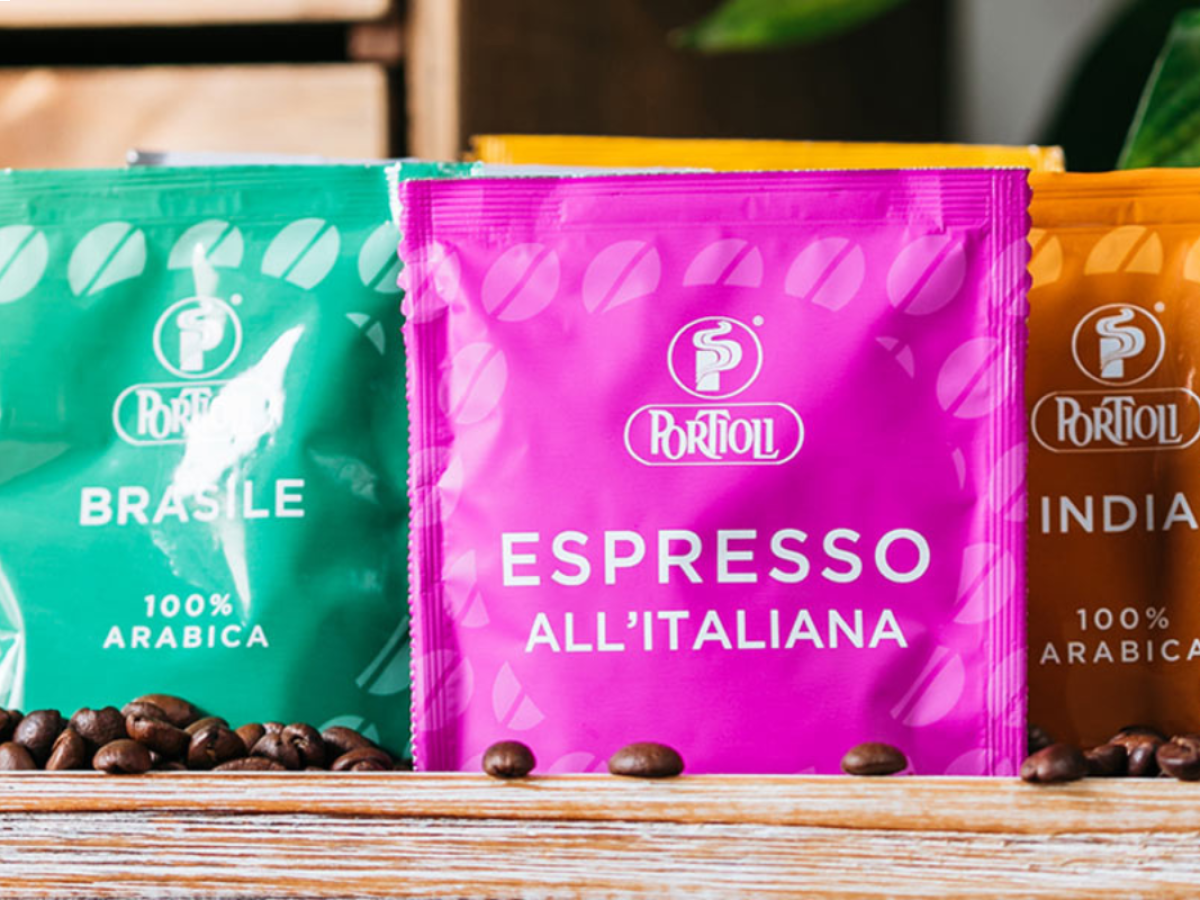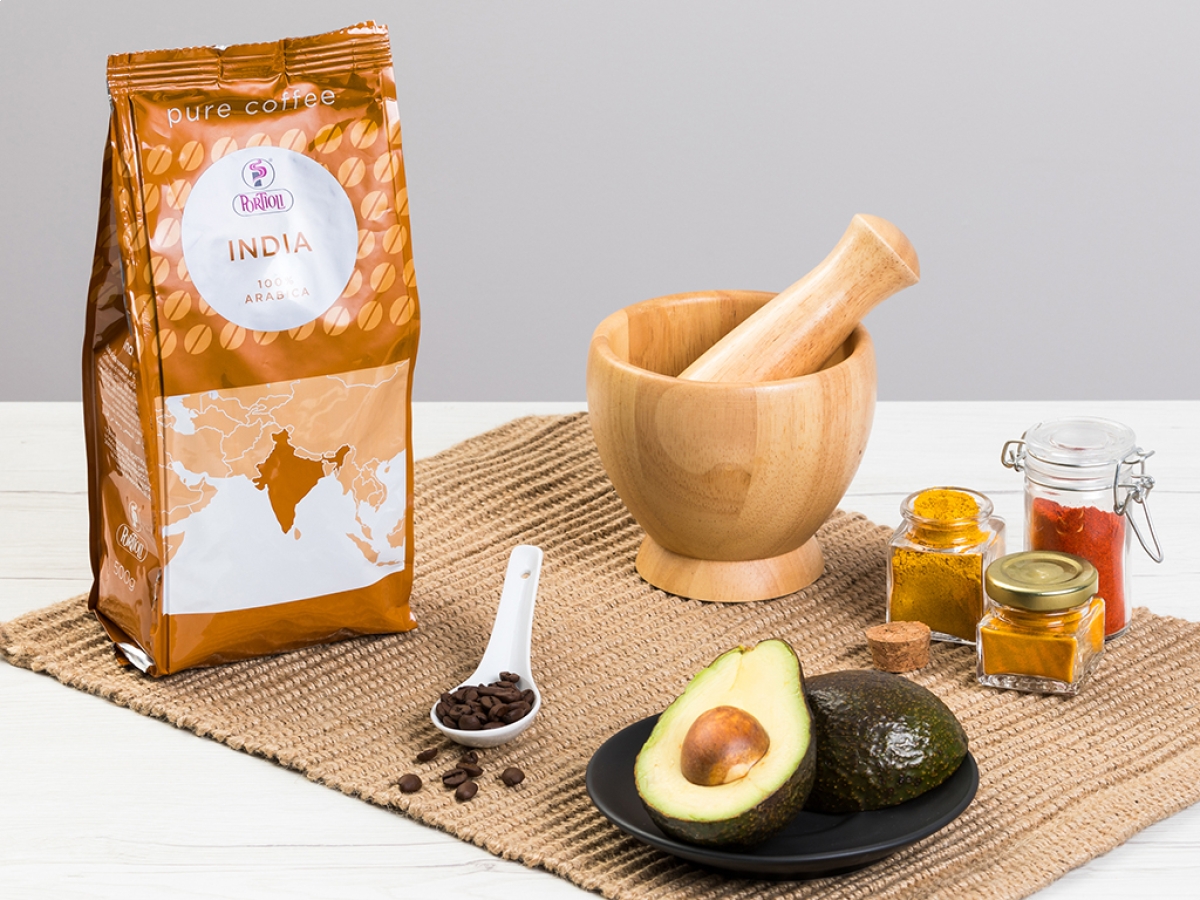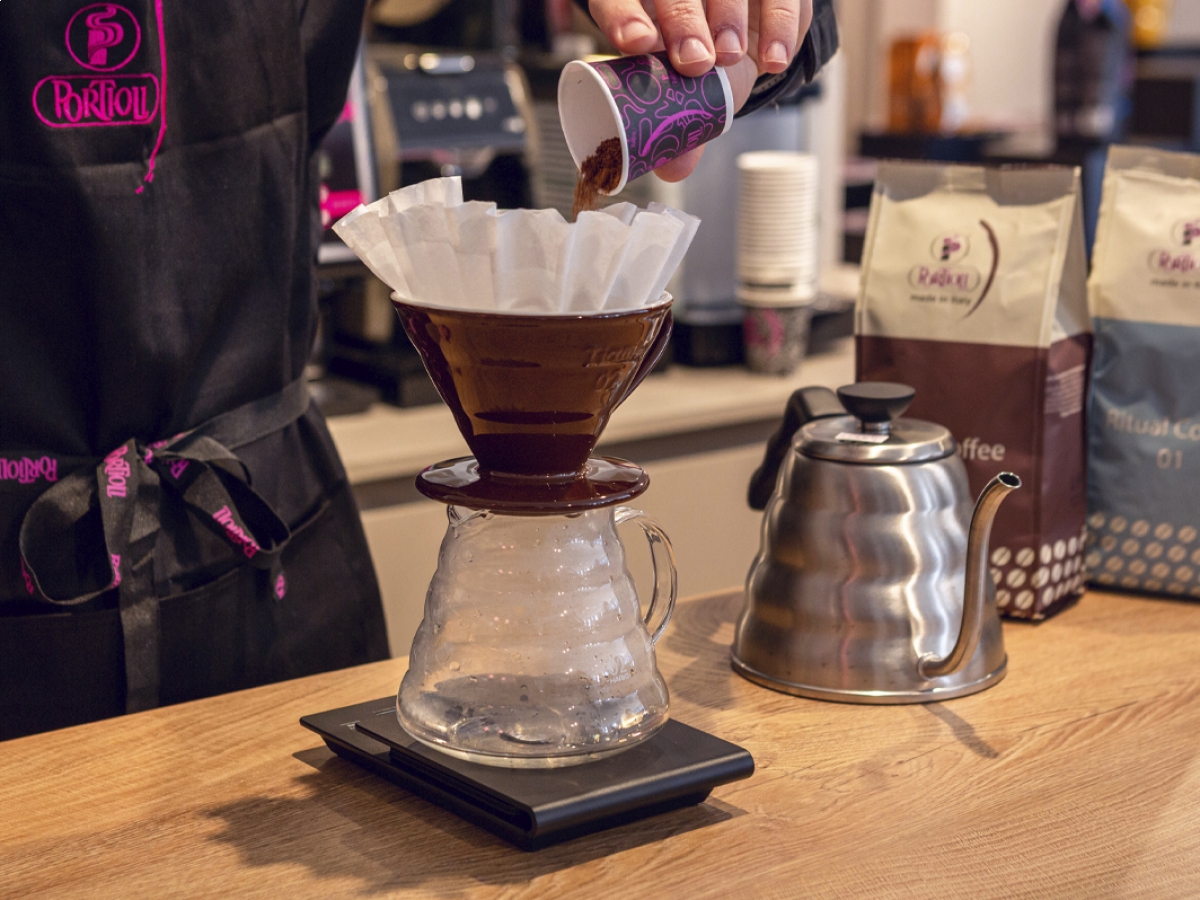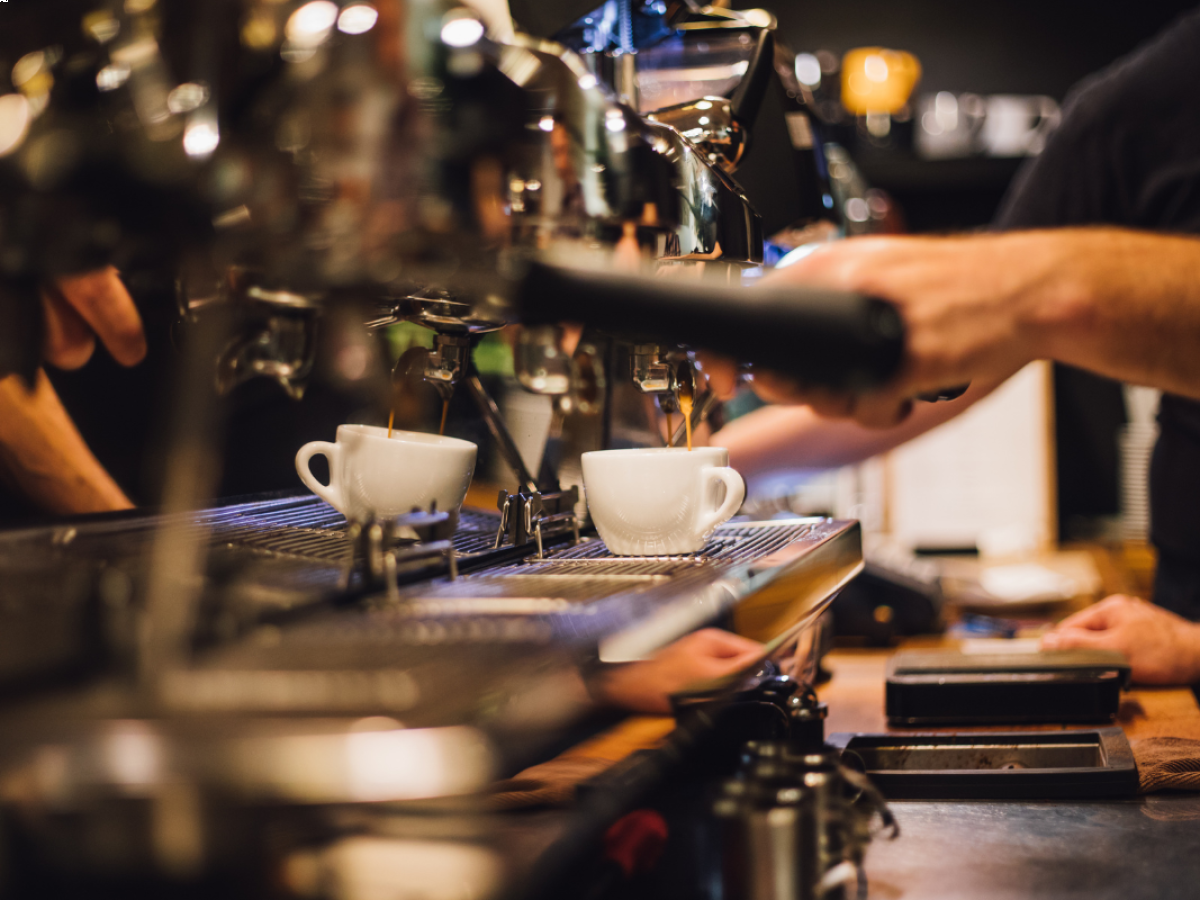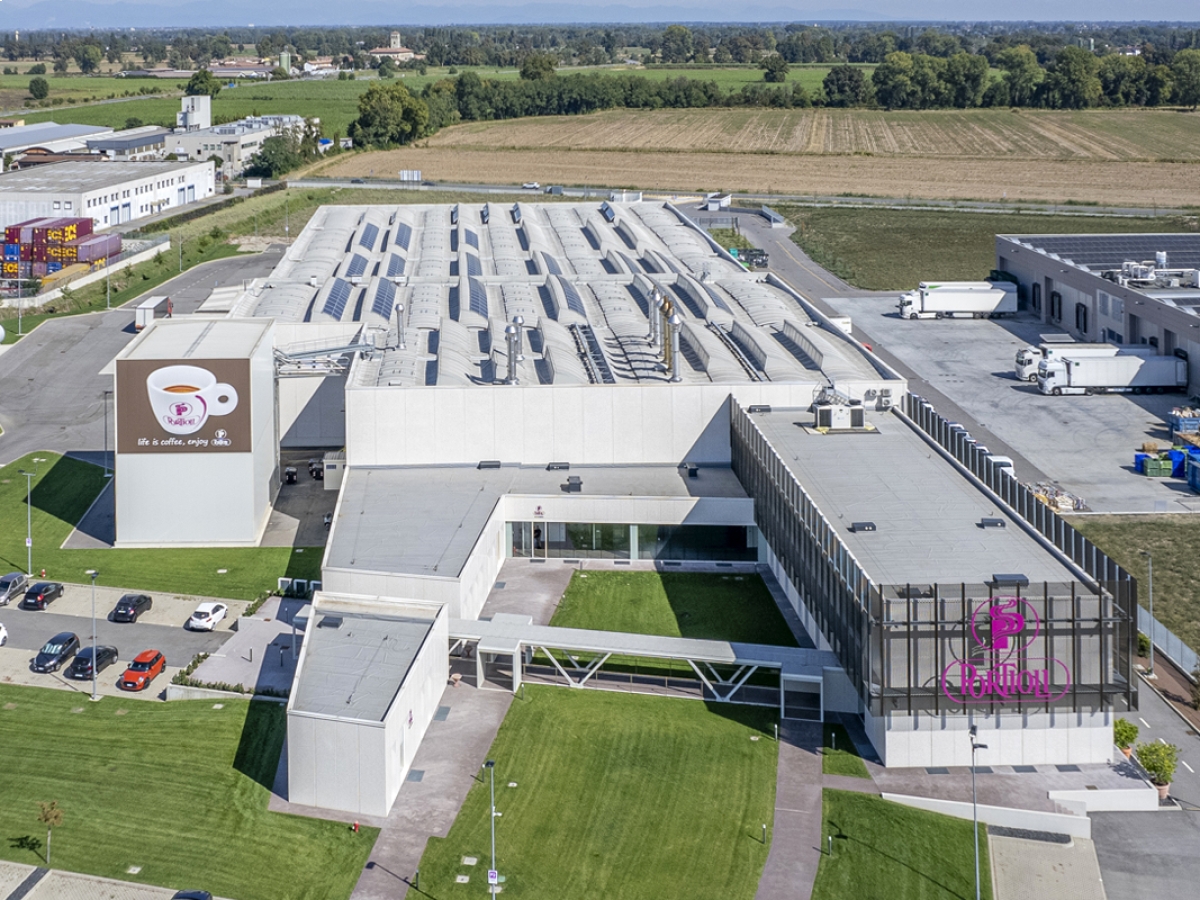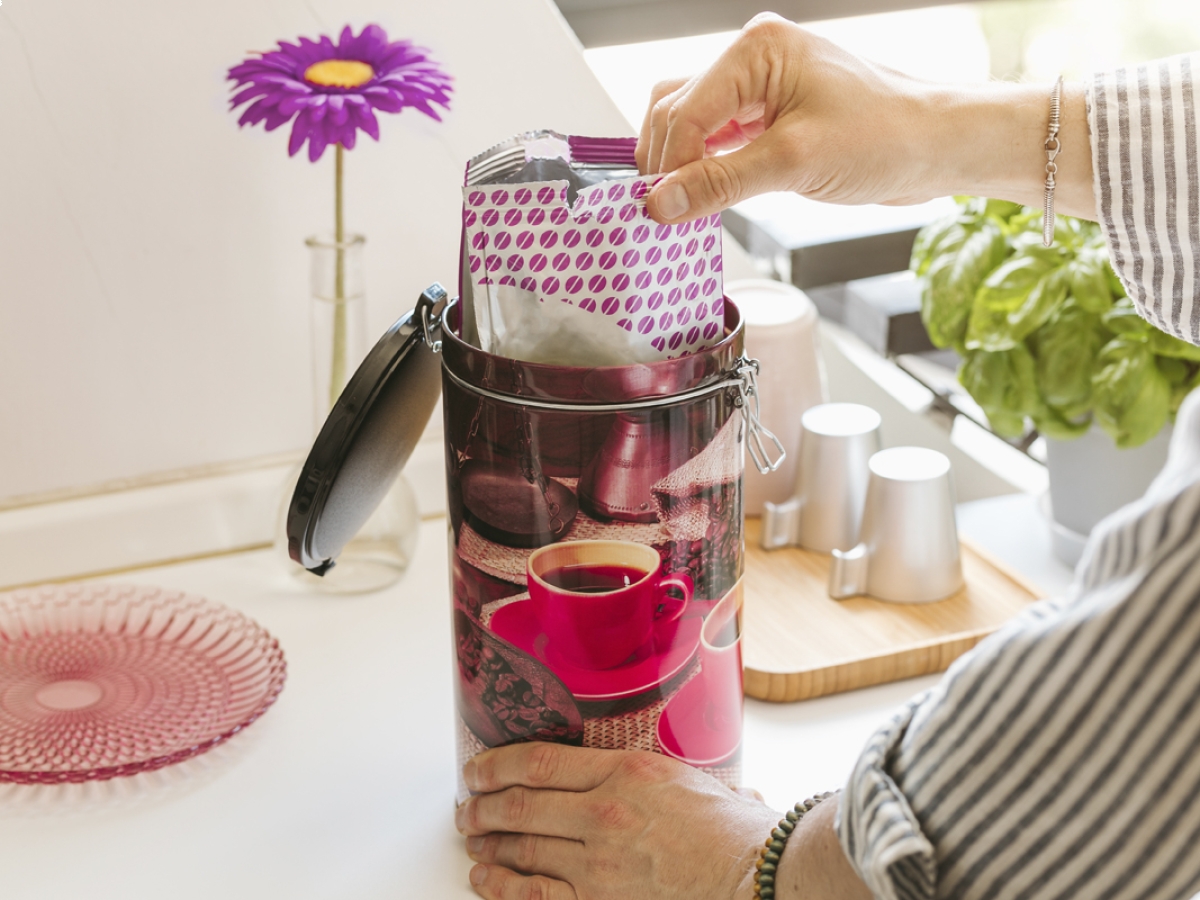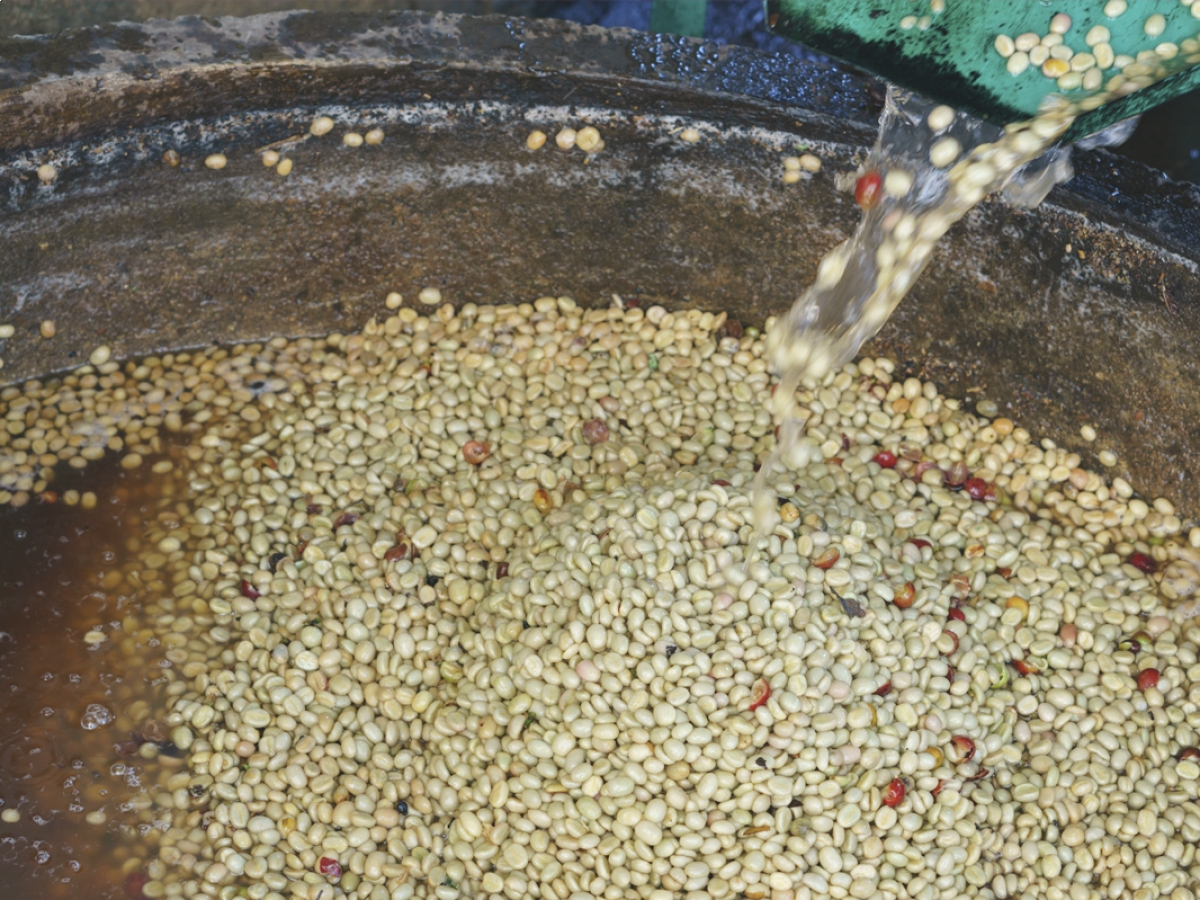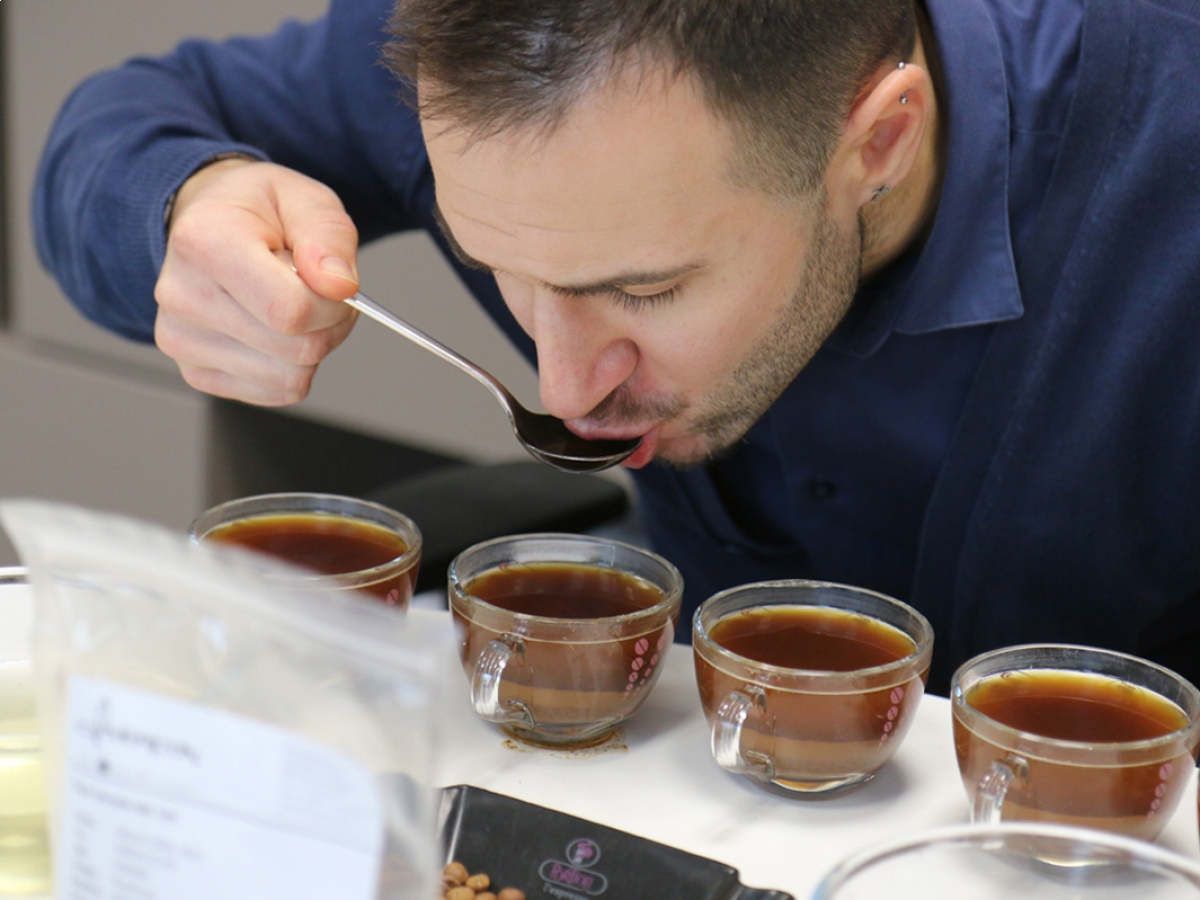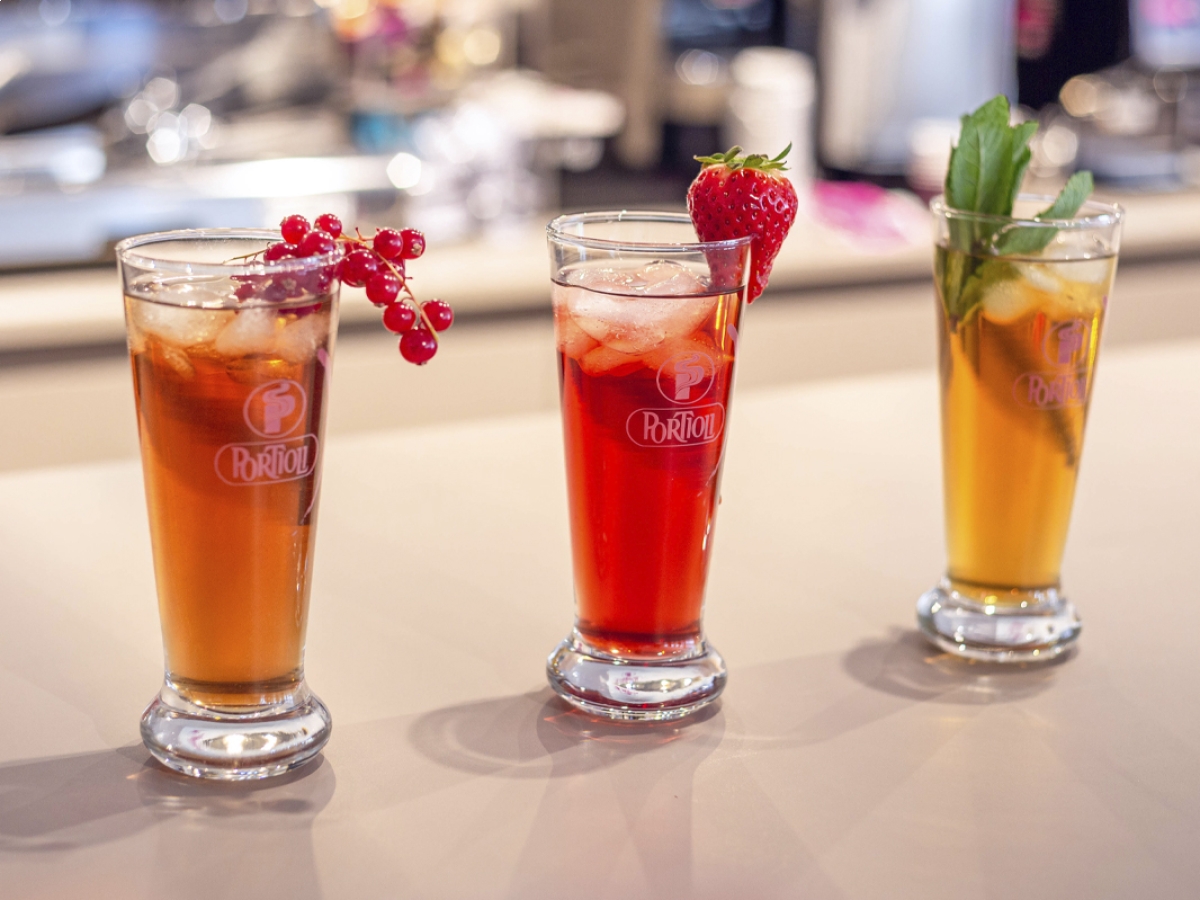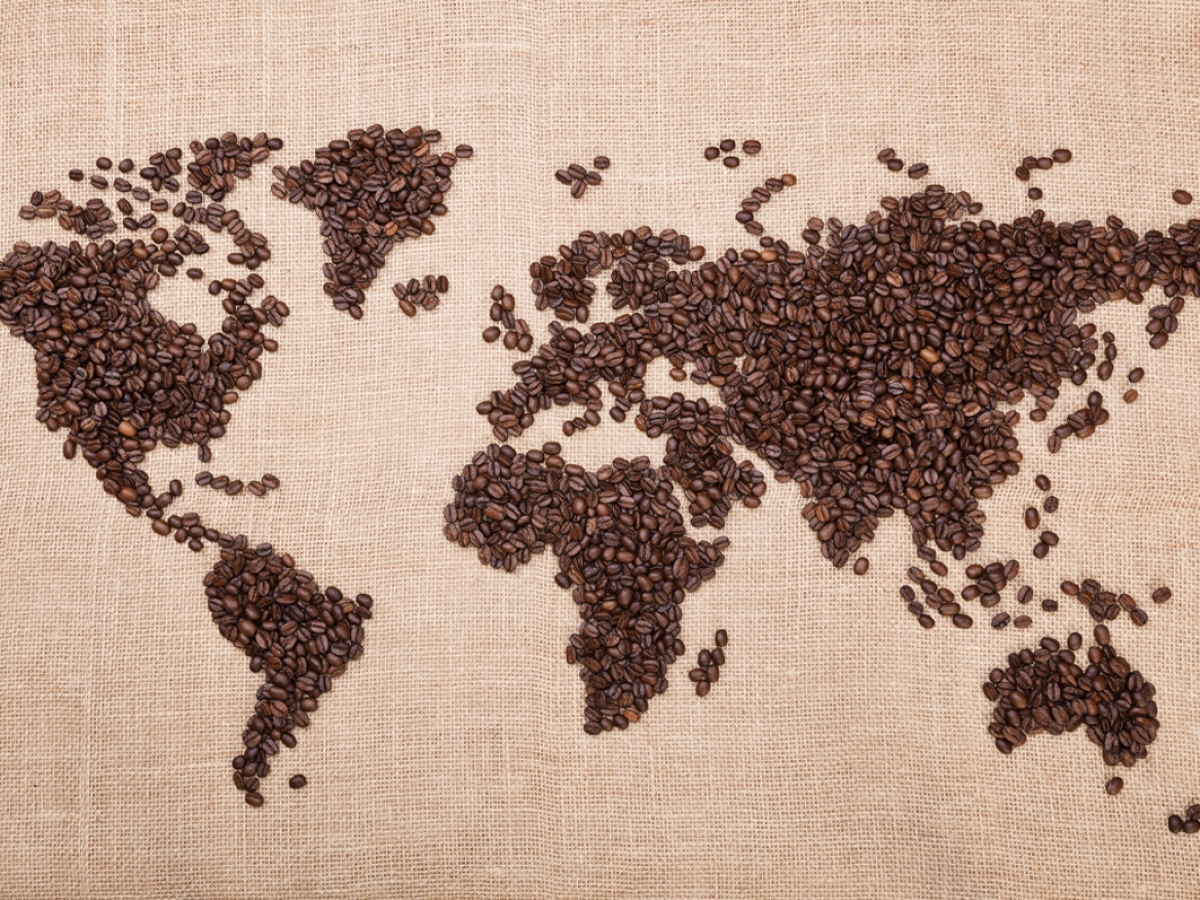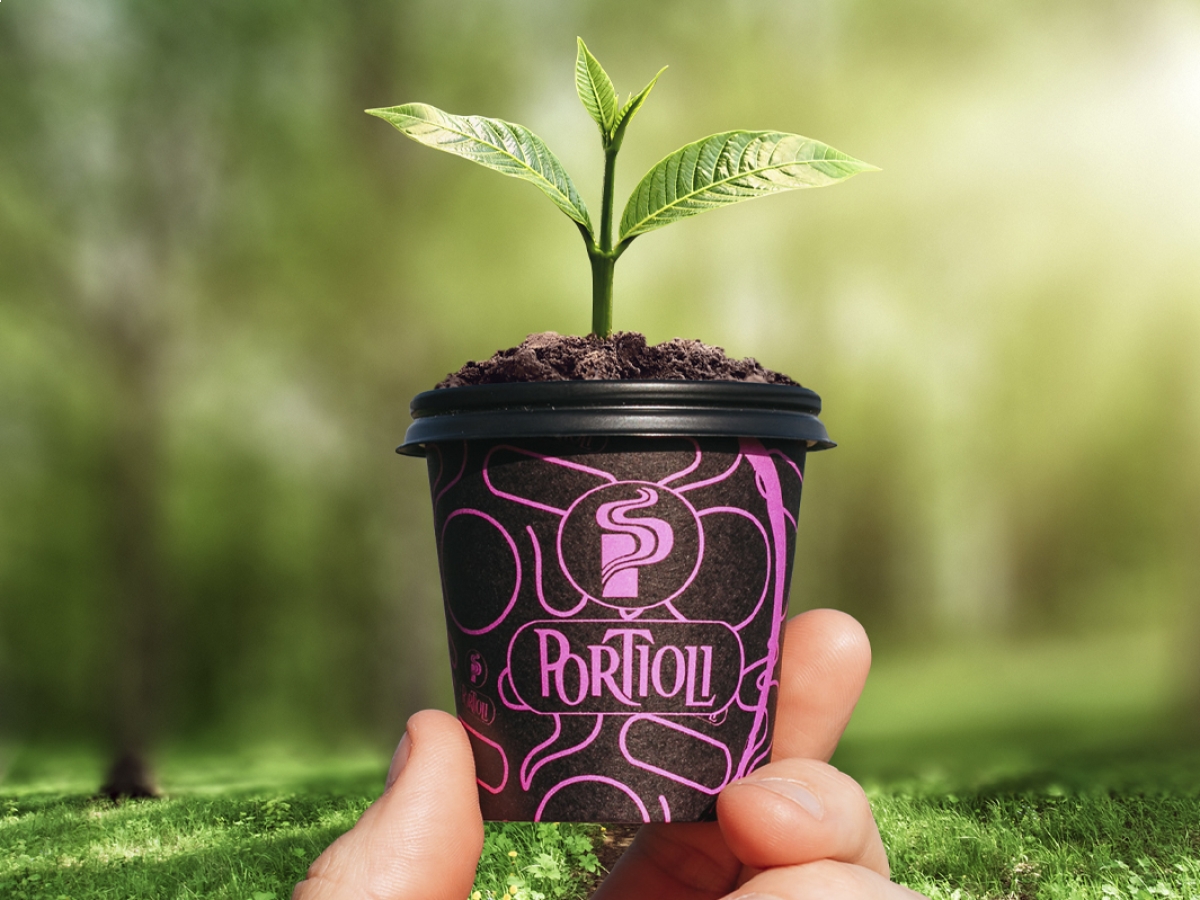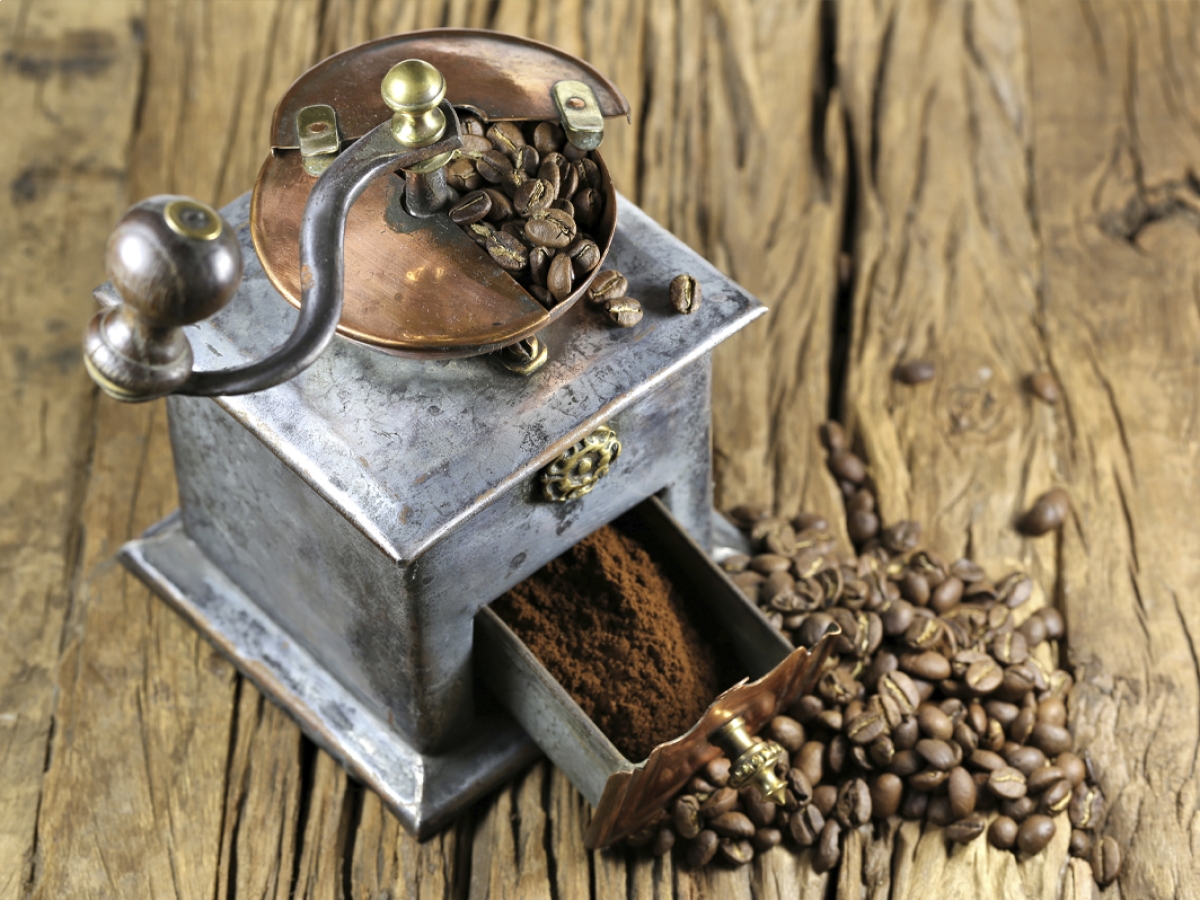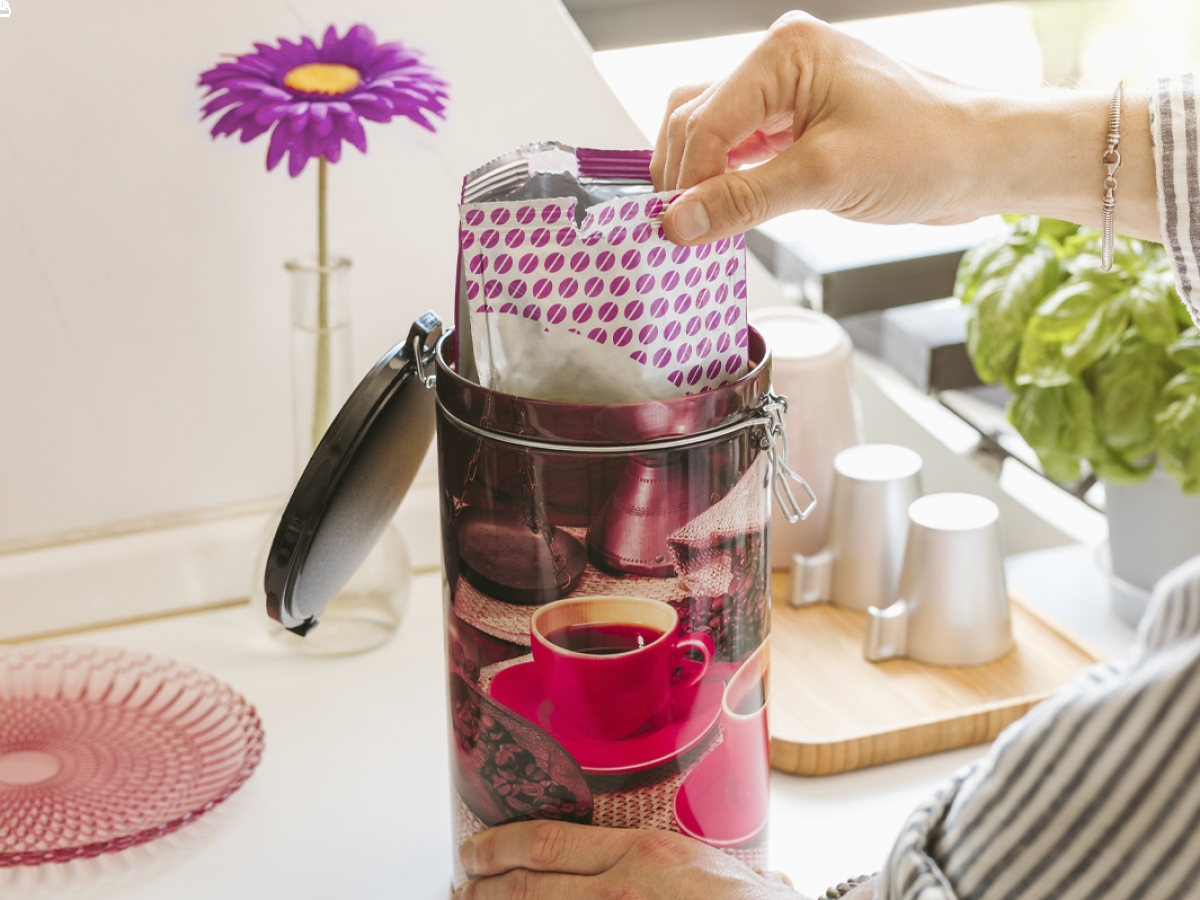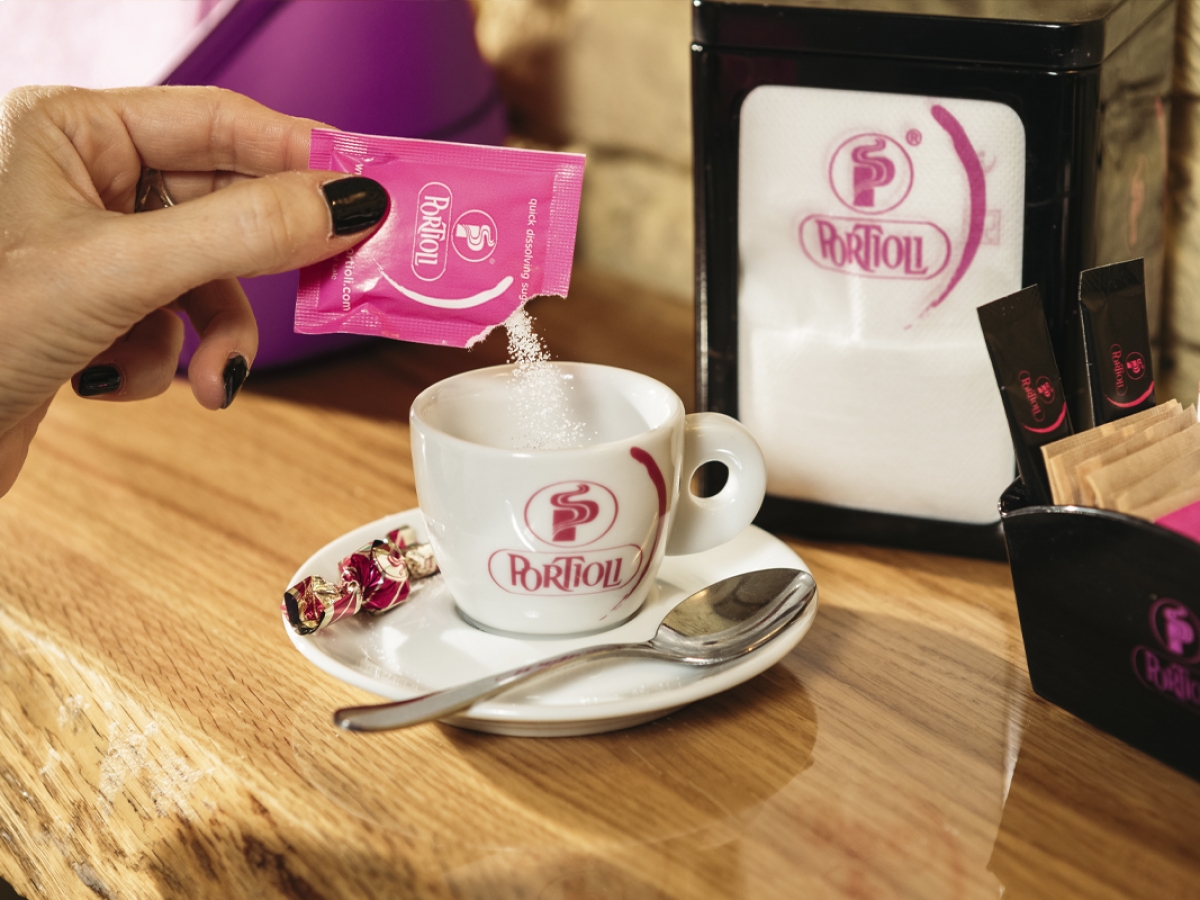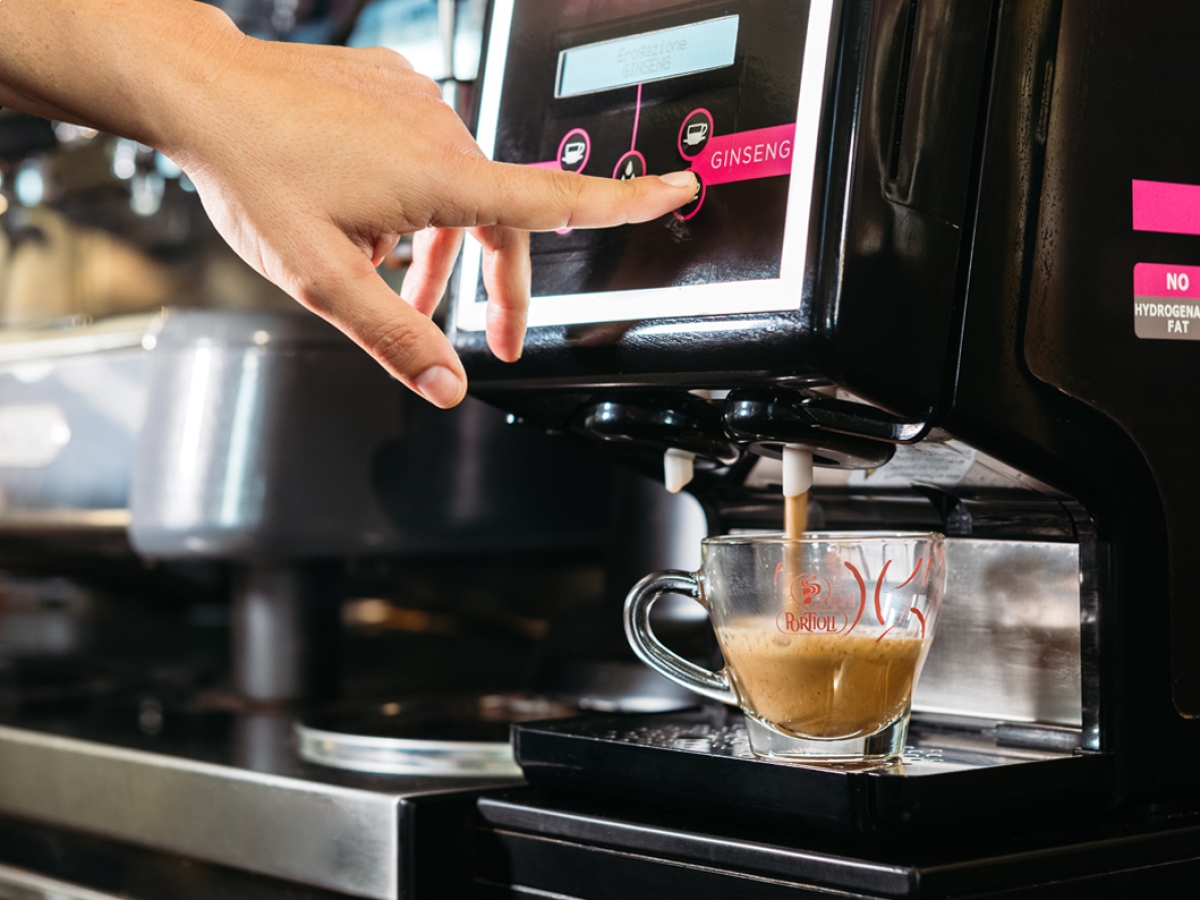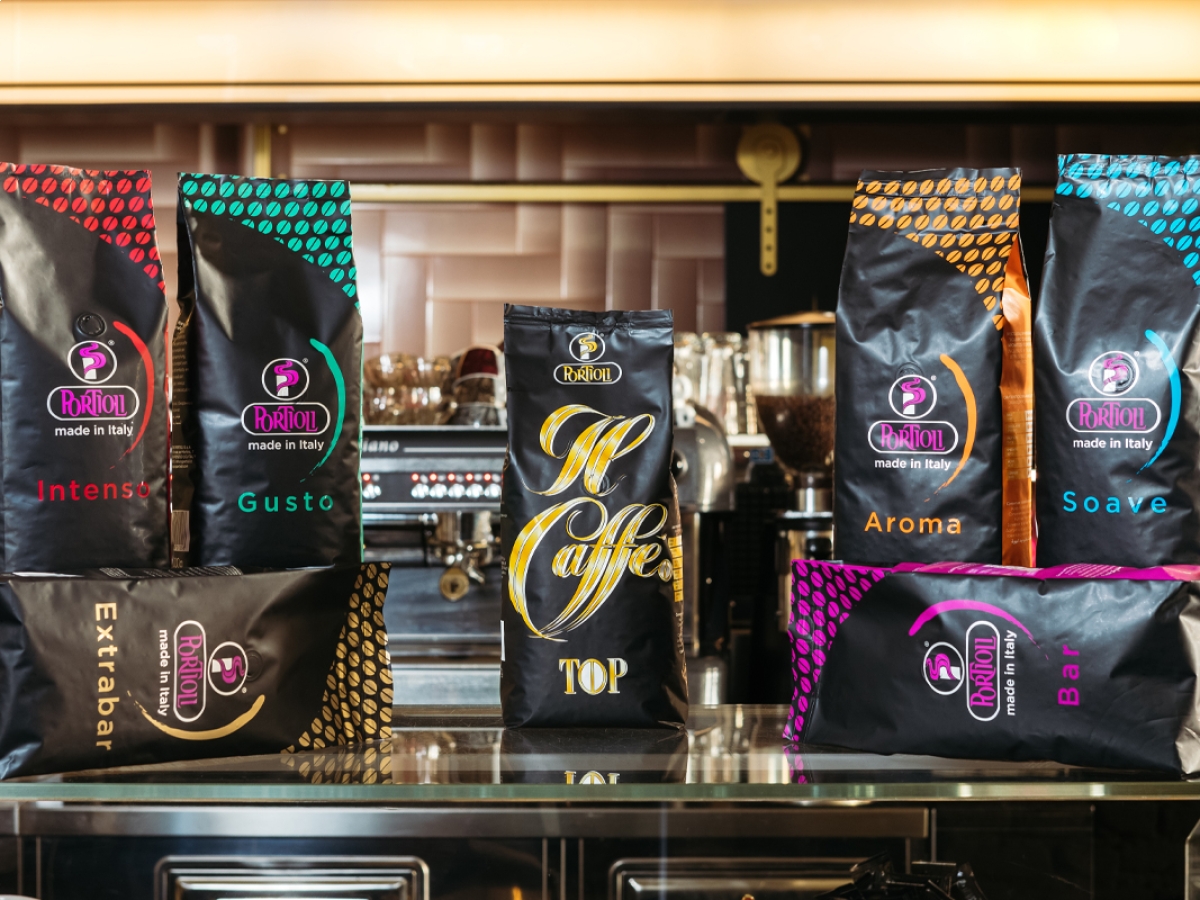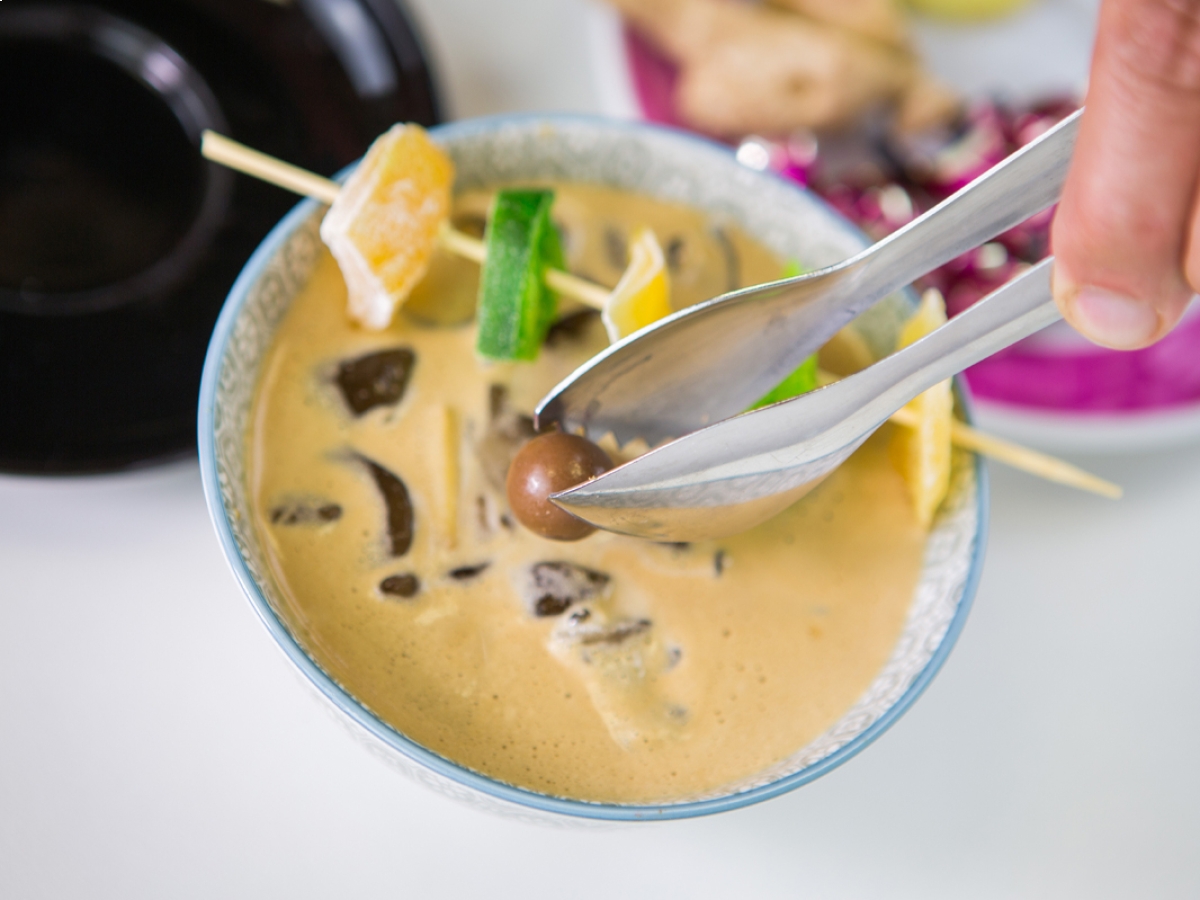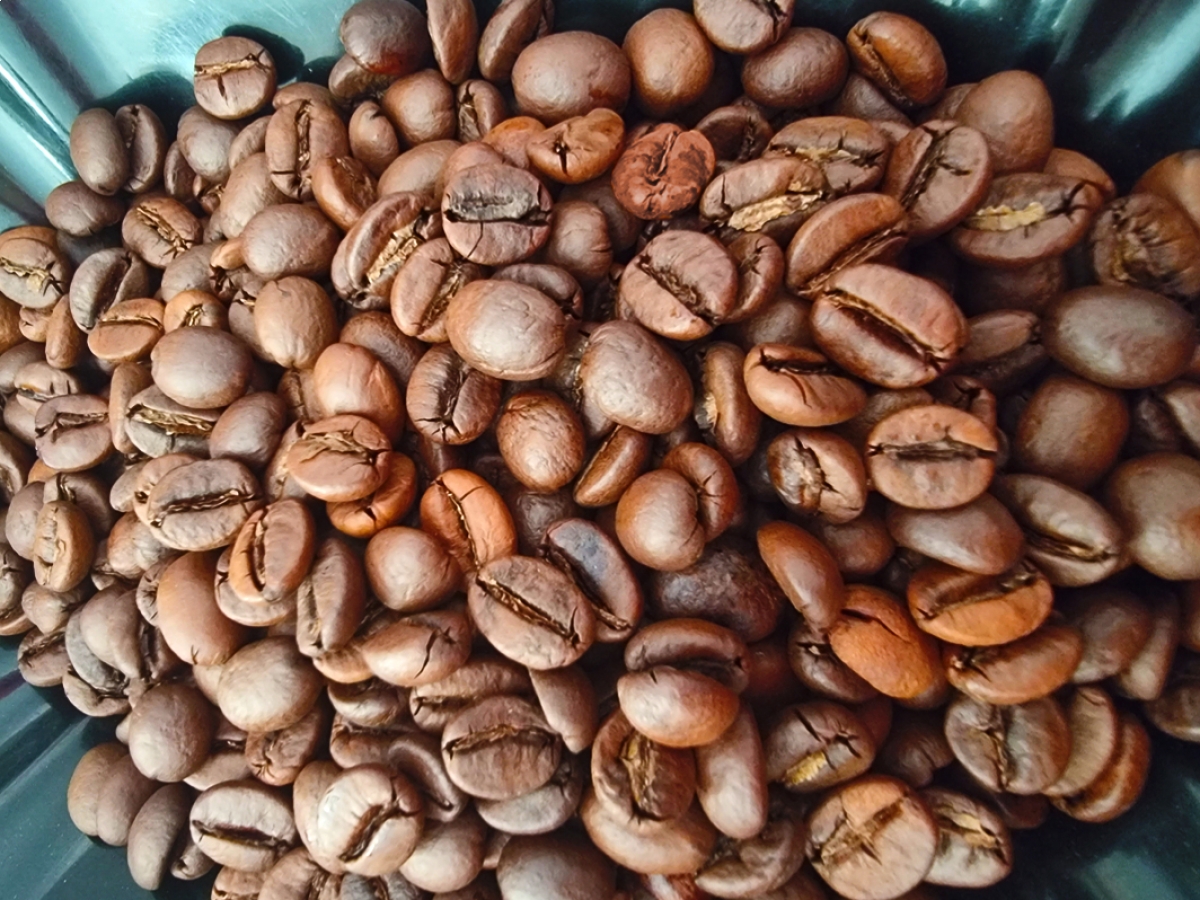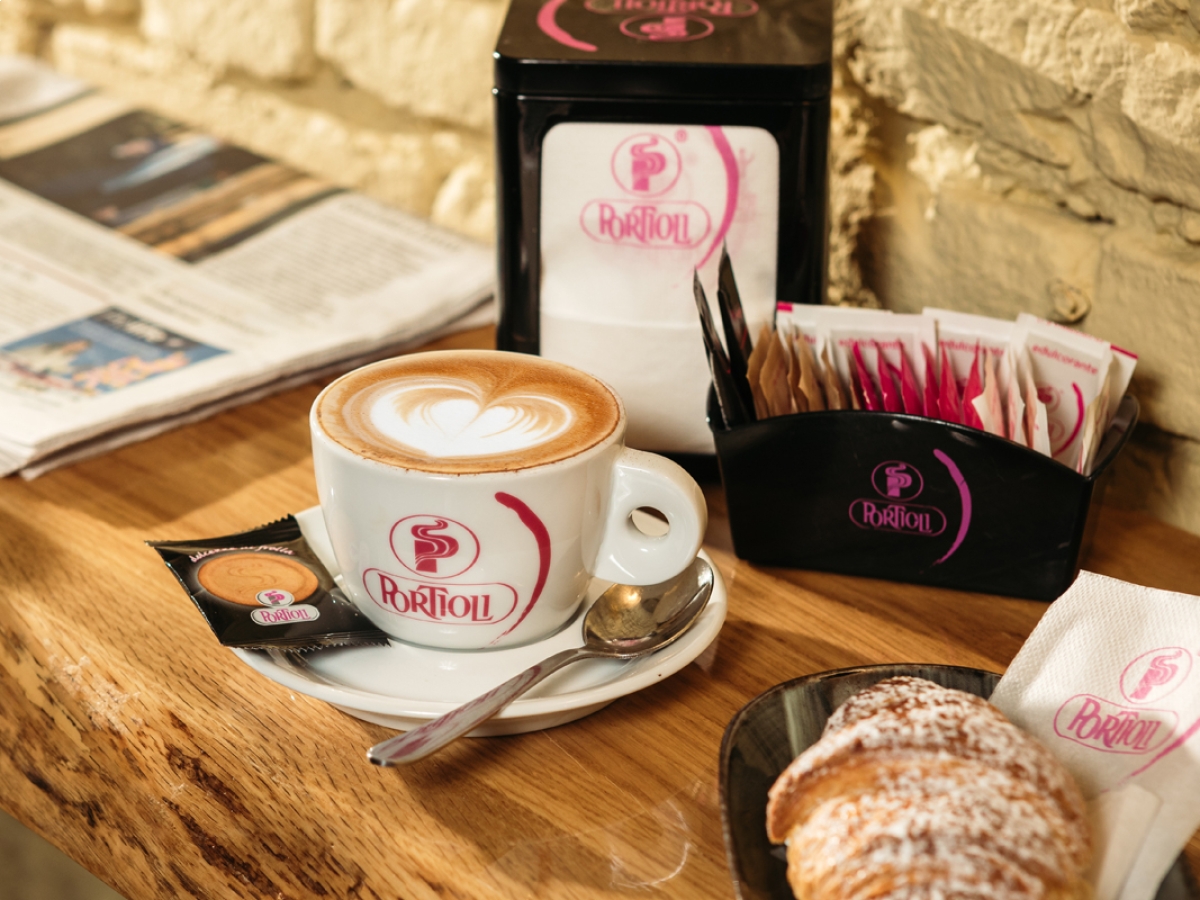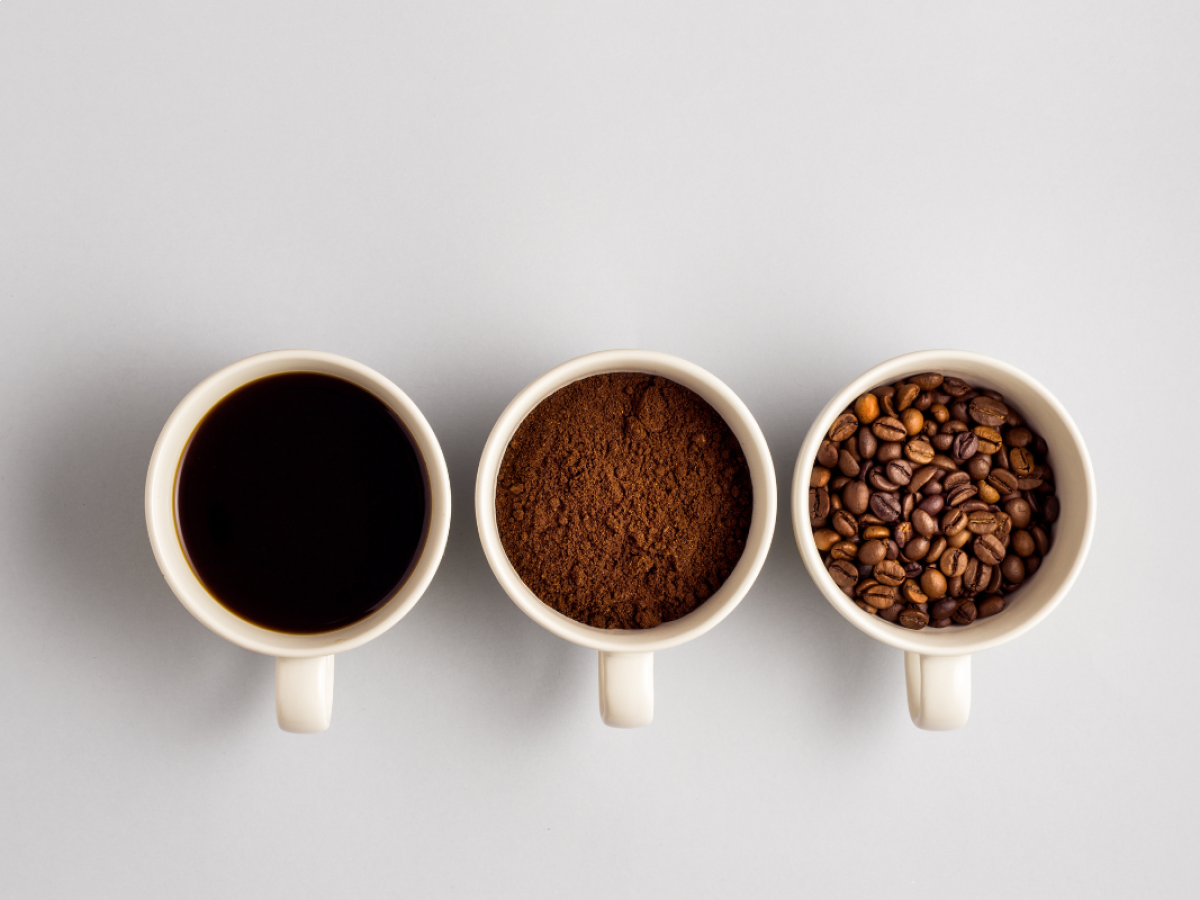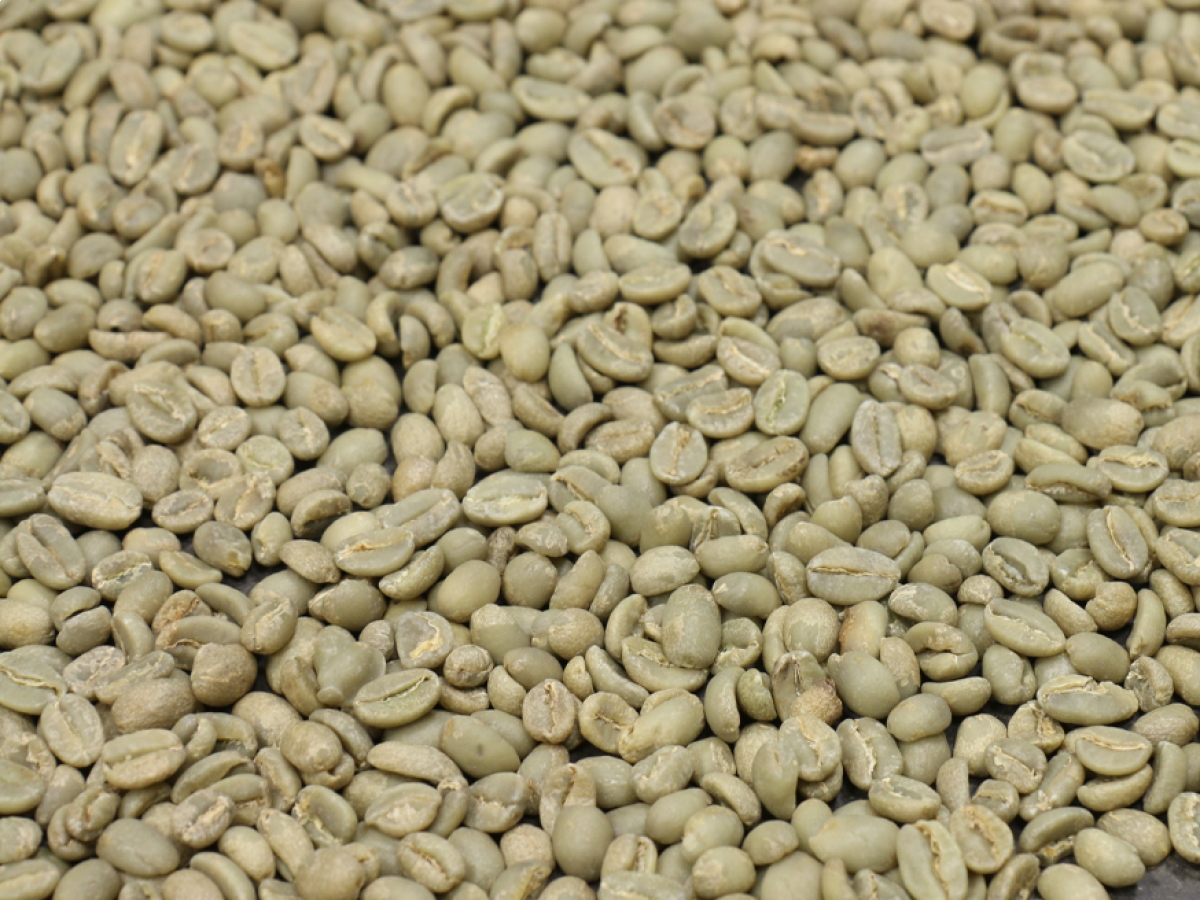
Knowing raw coffee is essential to establish the quality of the raw material and to obtain the perfect cup of espresso. Generally, raw coffee producers cultivate two varieties: Robusta and Arabica.
In the case of Robusta coffee, the beans have a round shape and their colour is between yellow, green and brown. When roasted in less than excellent quality they can acquire an uneven colour, while in the cup they have a strong aroma and create a lot of cream.
Arabica coffee comes in oval and green beans. In this case, the roasted product is characterised by an even colour and depending on the origin, the organoleptic characteristics change: a coffee from Brazil is sweet; one from Central America has a good acidity, while the Arabica from Africa is very elegant and has an inviting aroma and scent right from the grinding.
From these raw coffee beans, precise blends are obtained that combine Arabica and Robusta in different percentages, depending on the final characteristics to be obtained.
Classification of raw coffee
Correct classification of raw coffee certifies that the product complies with international regulations that guide trade and that the price is appropriate. Among the organizations involved in coffee certification are the European Coffee Contract and the International Coffee Agreement, while the relevant exchange is the Coffee, Sugar and Cocoa Exchange in New York for Arabica and the London Stock Exchange for Robusta quality.
Classification of raw coffee is by area of origin, species, harvest method, year and site.
Colour of raw coffee
As we have said, there are many colours of raw coffee, ranging from yellow to brown to green for Robusta qualities and emerald green for Arabica. However, this should not be confused with green coffee, which is characterised by emerald green raw beans that are not roasted but only dried.
The roasting process allows the coffee to turn dark brown. Depending on the type of raw beans, the quantity and caffeine content changes.
Coffee harvest seasons
Another way to classify coffee is the harvest year, which is calculated in two periods: the first starts on 1 October and ends on 30 September of the following year, in Brazil it starts on 1 July and ends on 30 June.
The year of harvest is important to distinguish fresh coffee on the market from leftovers from previous years, as aged coffee loses many of its fine aromas. In detail, the different harvests are distinguished and named as:
- NEW CROP: new crop
- CURRENT CROP: current harvest season
- PAST CROP: past harvest season
- OLD CROP: old harvest season
Classification according to cultivation
The most widely used classification in the USA and Brazil is the New York Coffee and Sugar Exchange method, which provides a numbered ranking of 7 standard types, from NY2 to NY8. A classification distinguishes raw coffee into different types that include:
- FANCY= NY COFFEE type 2
- EXTRA PRIME = 2/3
- PRIME = 3/4
- SUPERIOR = 4/5
- GOOD = 5/6
- REGULAR = 6/7
- ORDINARY = 7/8
Terminology
Those who work with raw coffee need to be familiar with a number of particular terms that are used by those in the industry. Among these, Portioli points out:
- TRIAGE: broken, withered, mottled, discoloured elephants (or large deformed beans) grains. Excluding black grains
- FLATS: grains that are rounded but have a flat side
- BITA: grains less than one-third grain size
- PEABERRY: a single bean that has developed inside the berry
- BLACKS: grains more than half the size and their surface black, bluish, or dark brown
It is therefore clear that knowledge of raw coffee and its characteristics, as well as the correct classification of the product, is essential to obtain a tasty blend capable of being appreciated by the end customer, giving the best cup of espresso coffee. This is why it is always a good idea to buy coffee from a specialised roasting company like Portioli, which follows the journey from the bean to the cup with competence and professionalism. Contact us for more information!
Related articles
Portioli Express
Home and office shopping
Experience authentic Italian espresso right at home with our premium blends in a variety of formats.
Go to the shop










